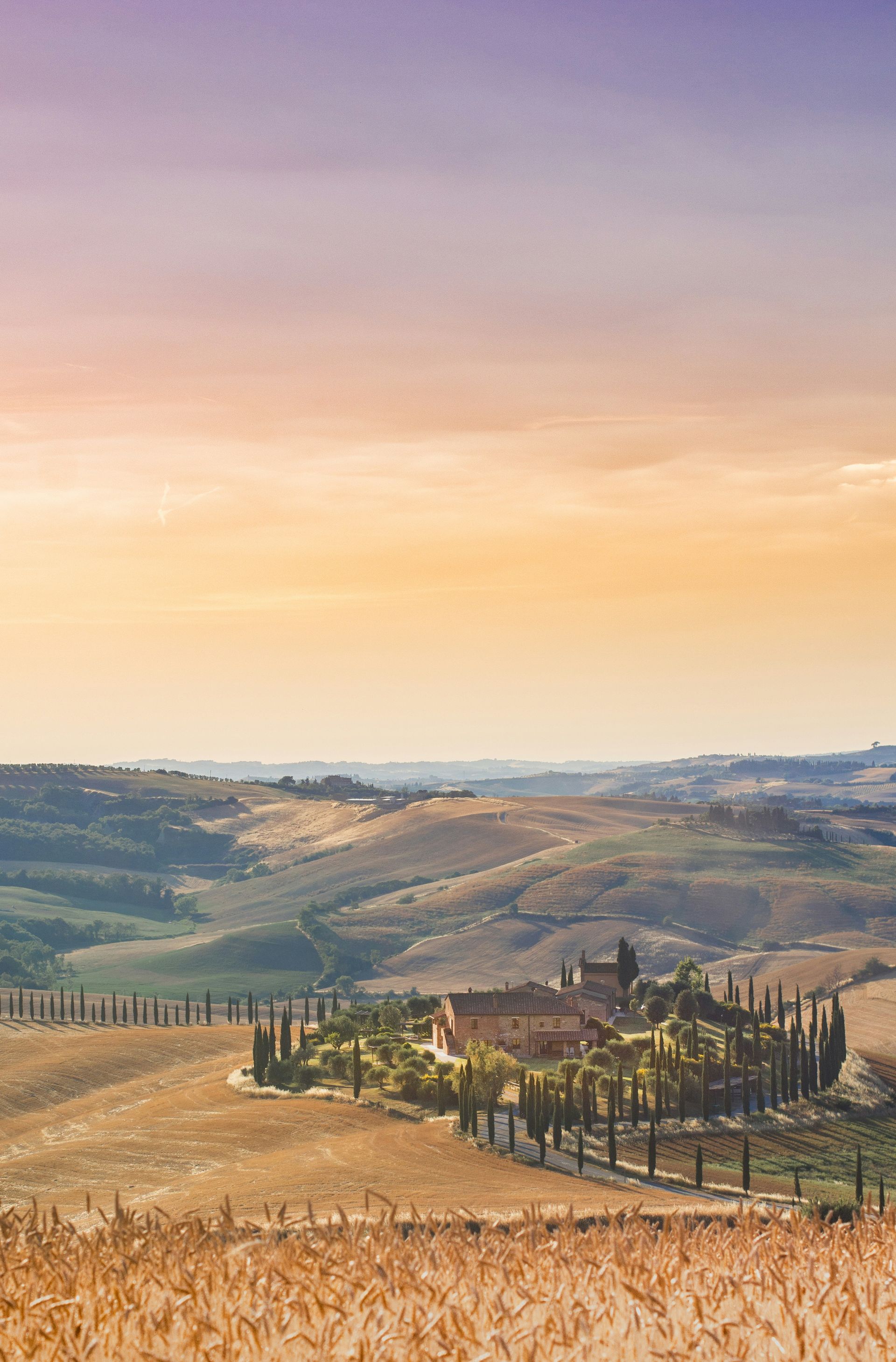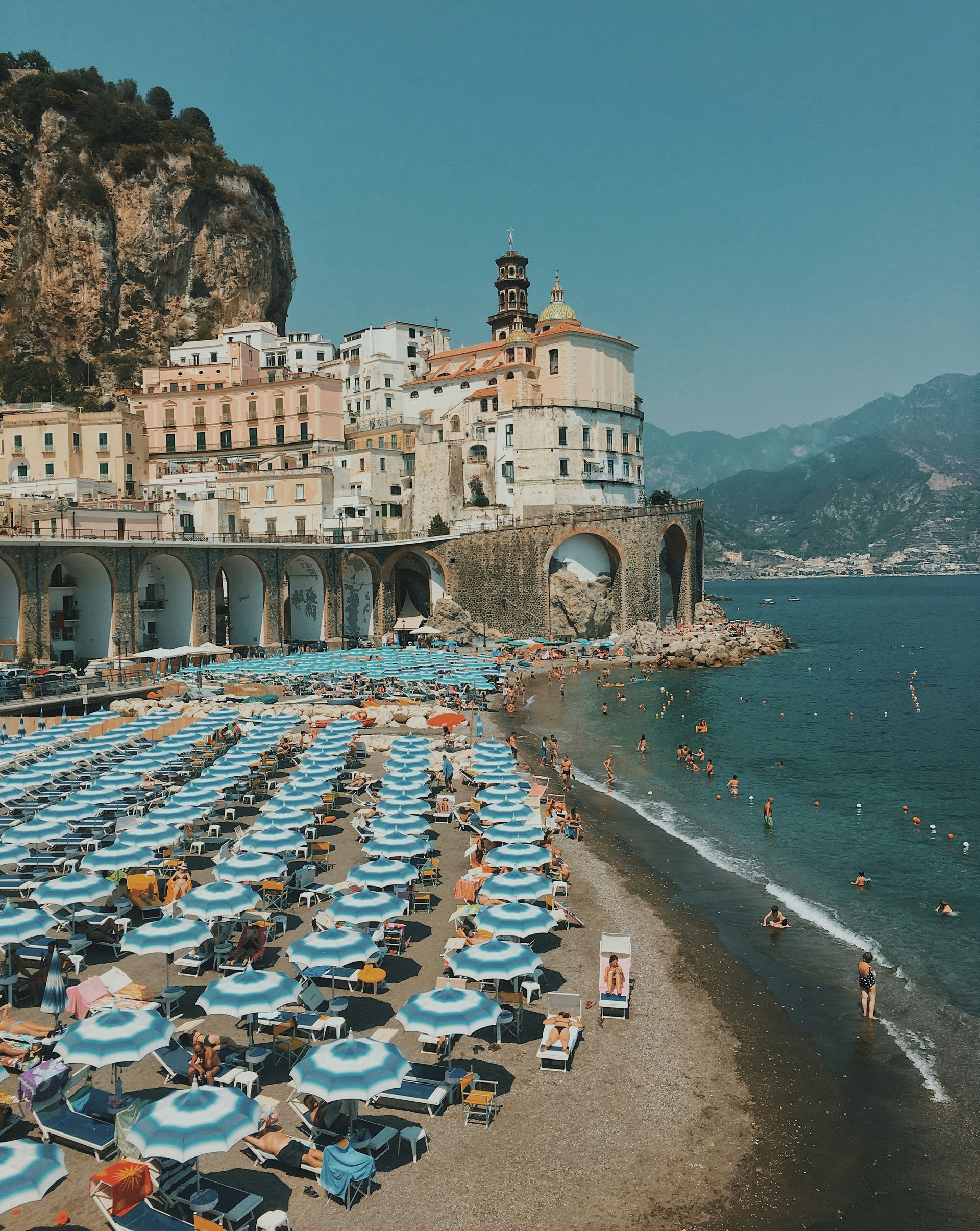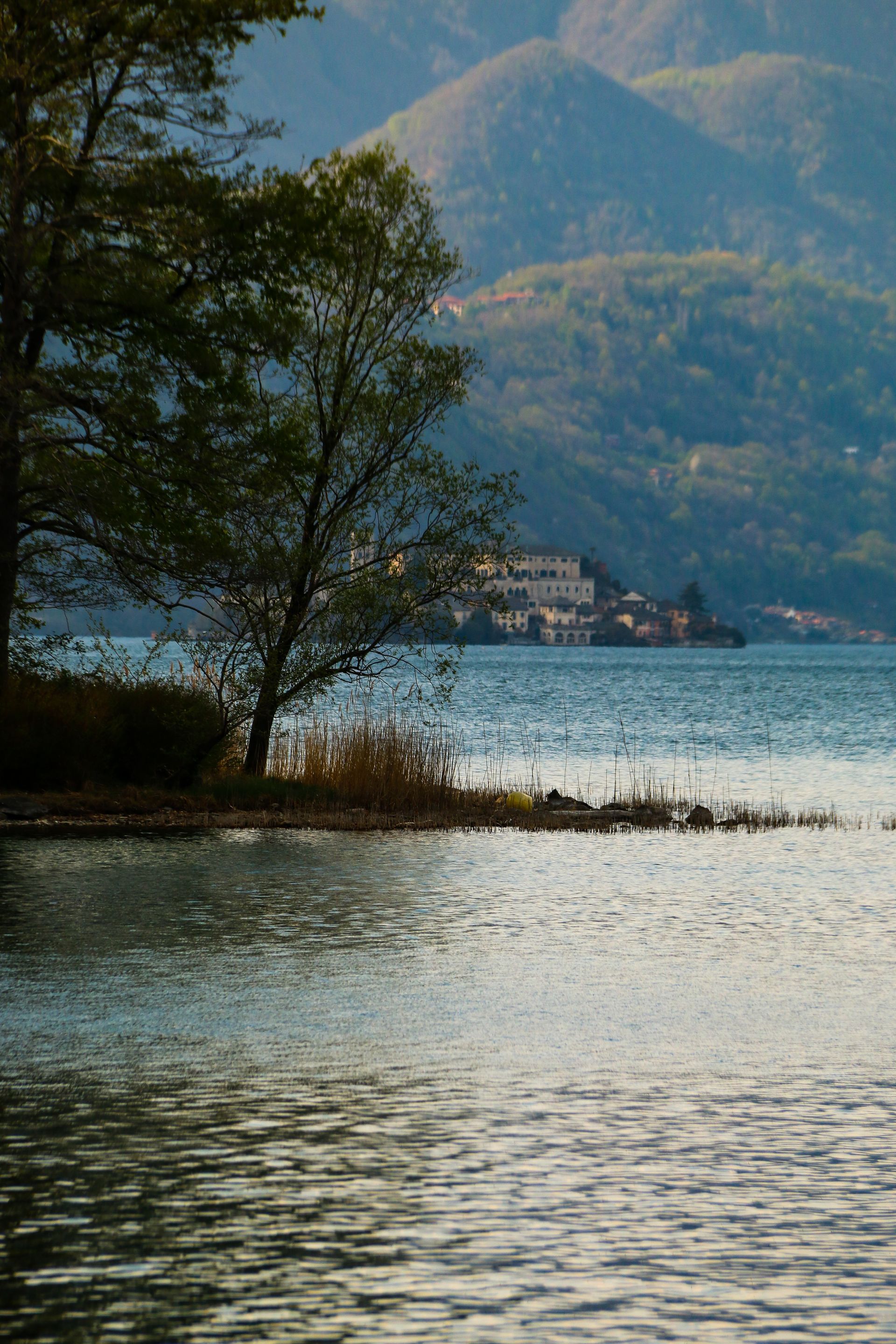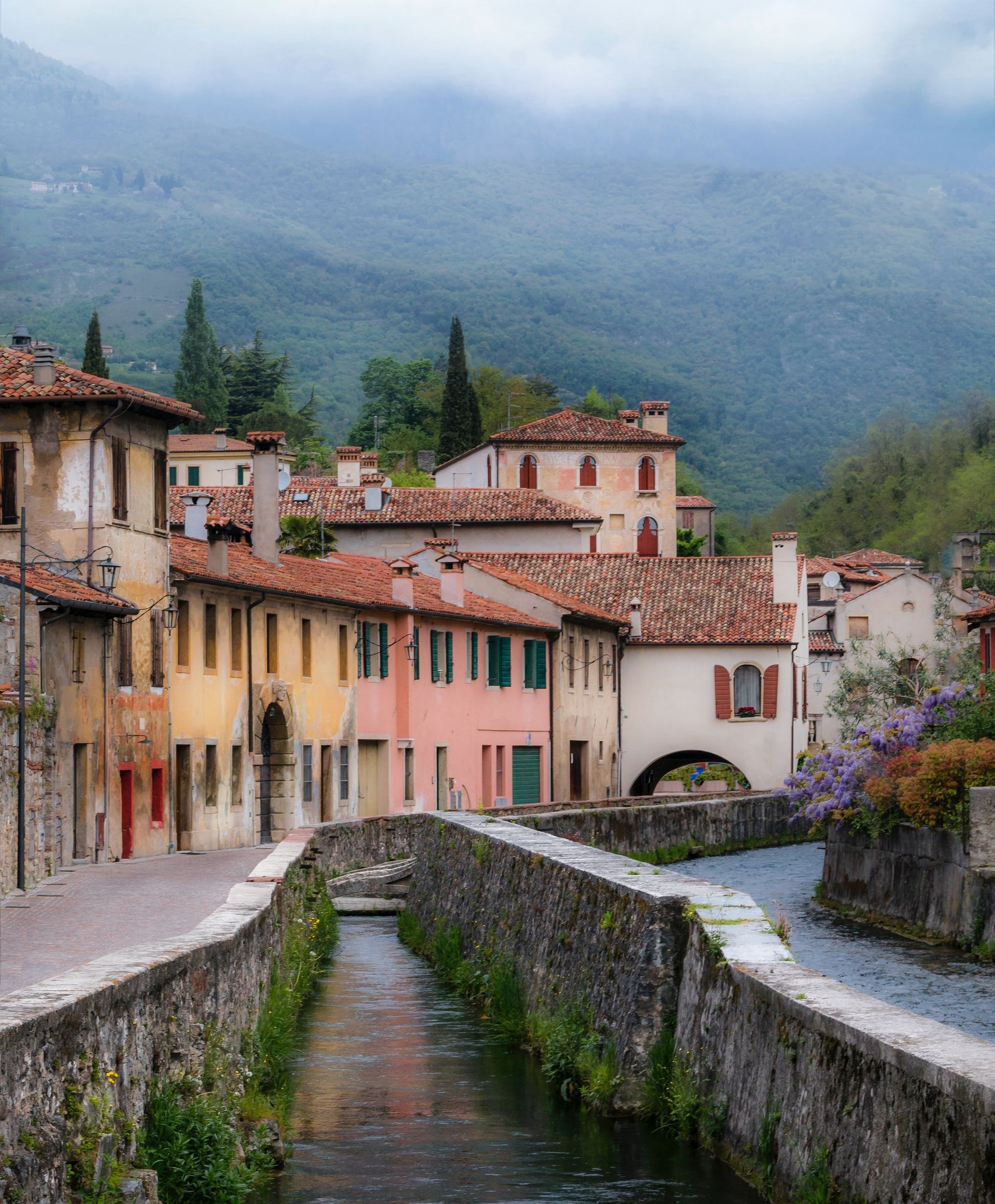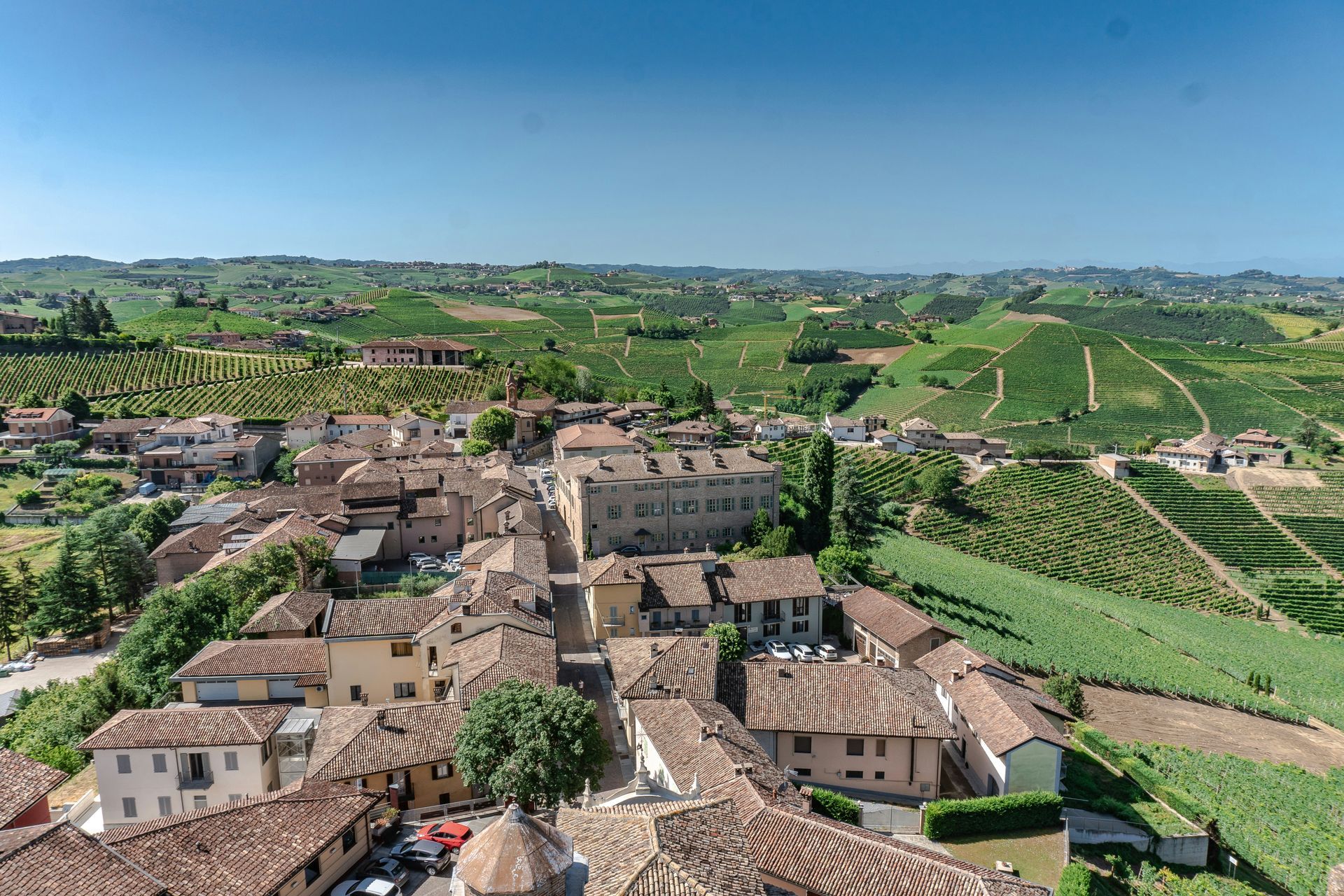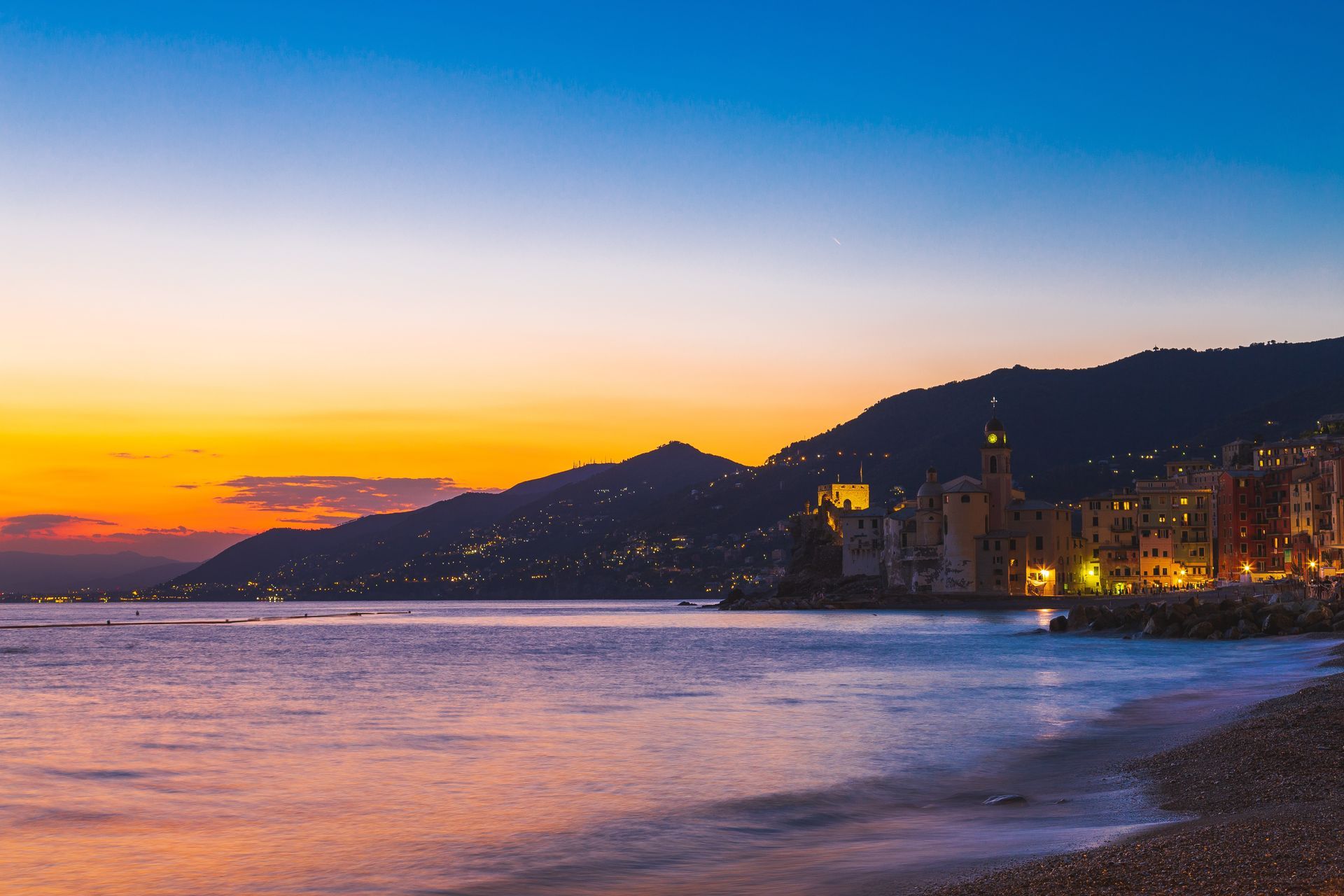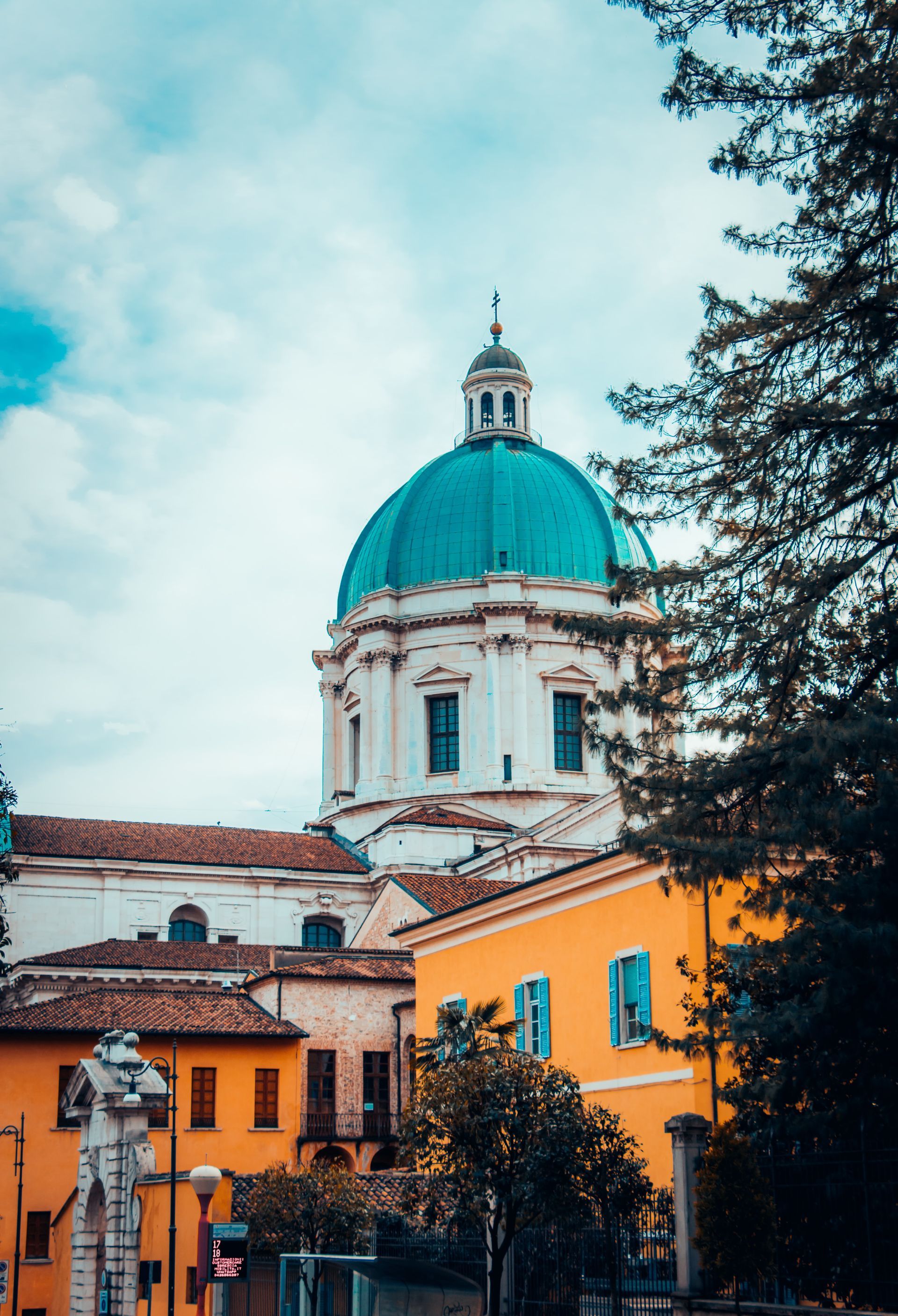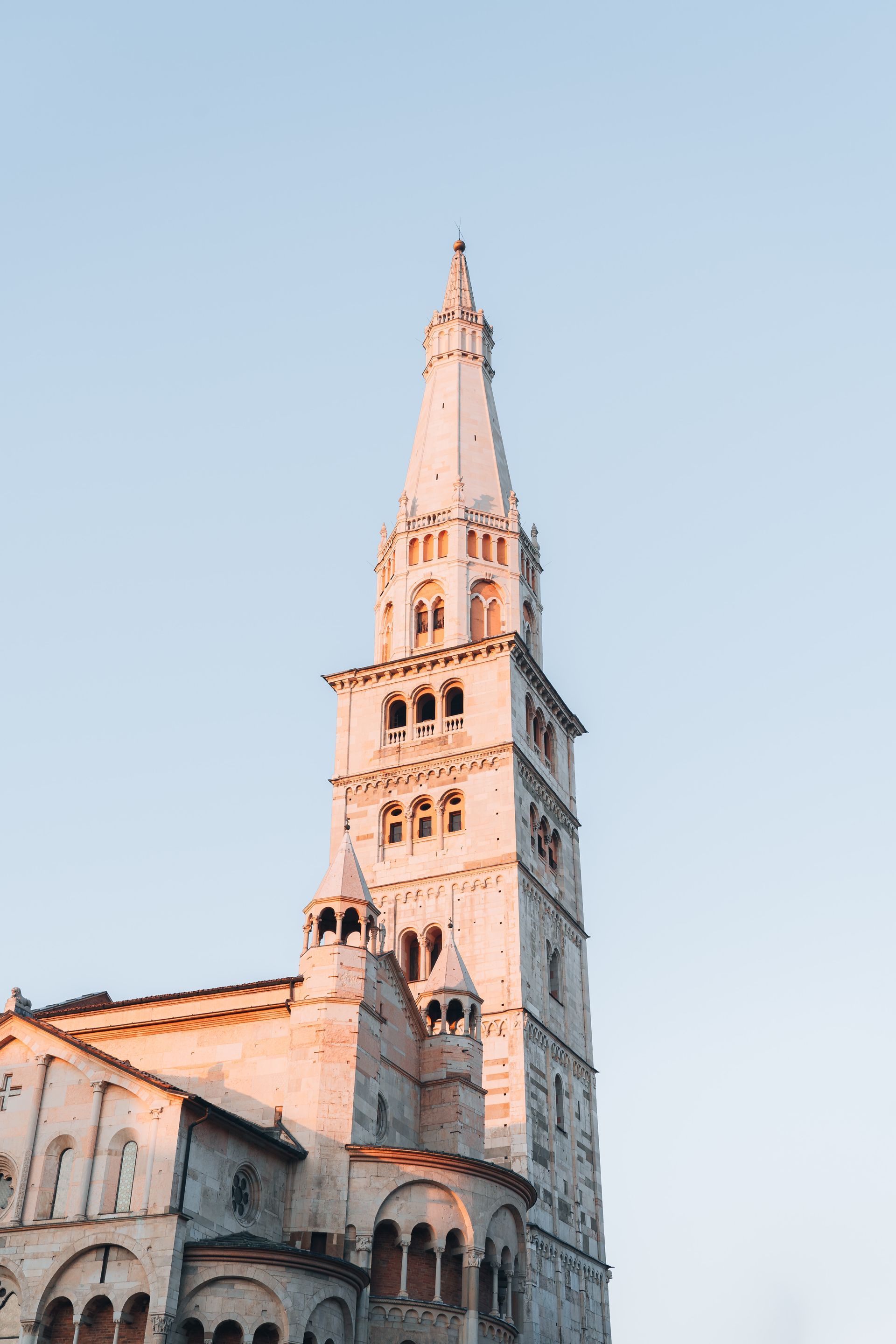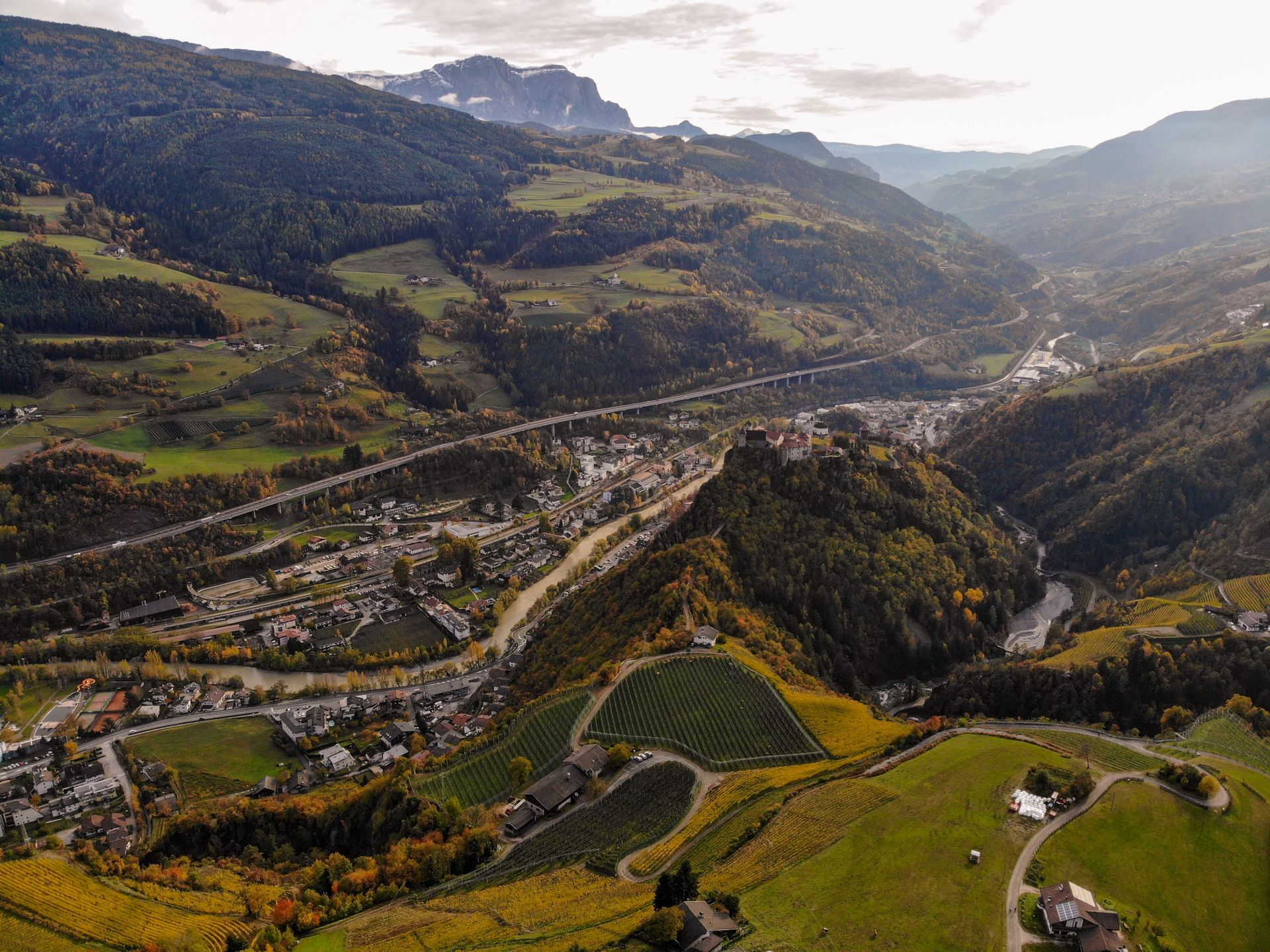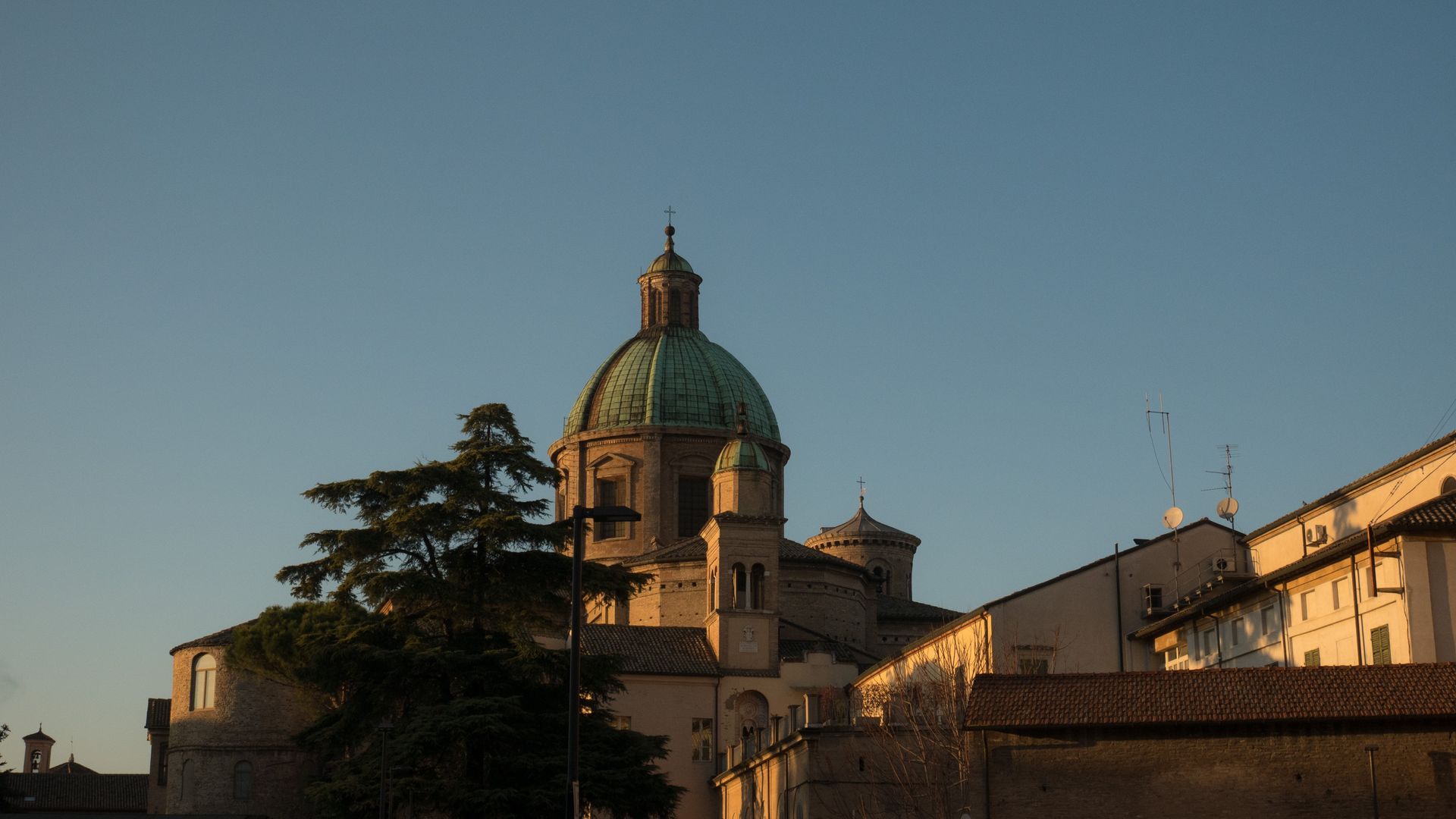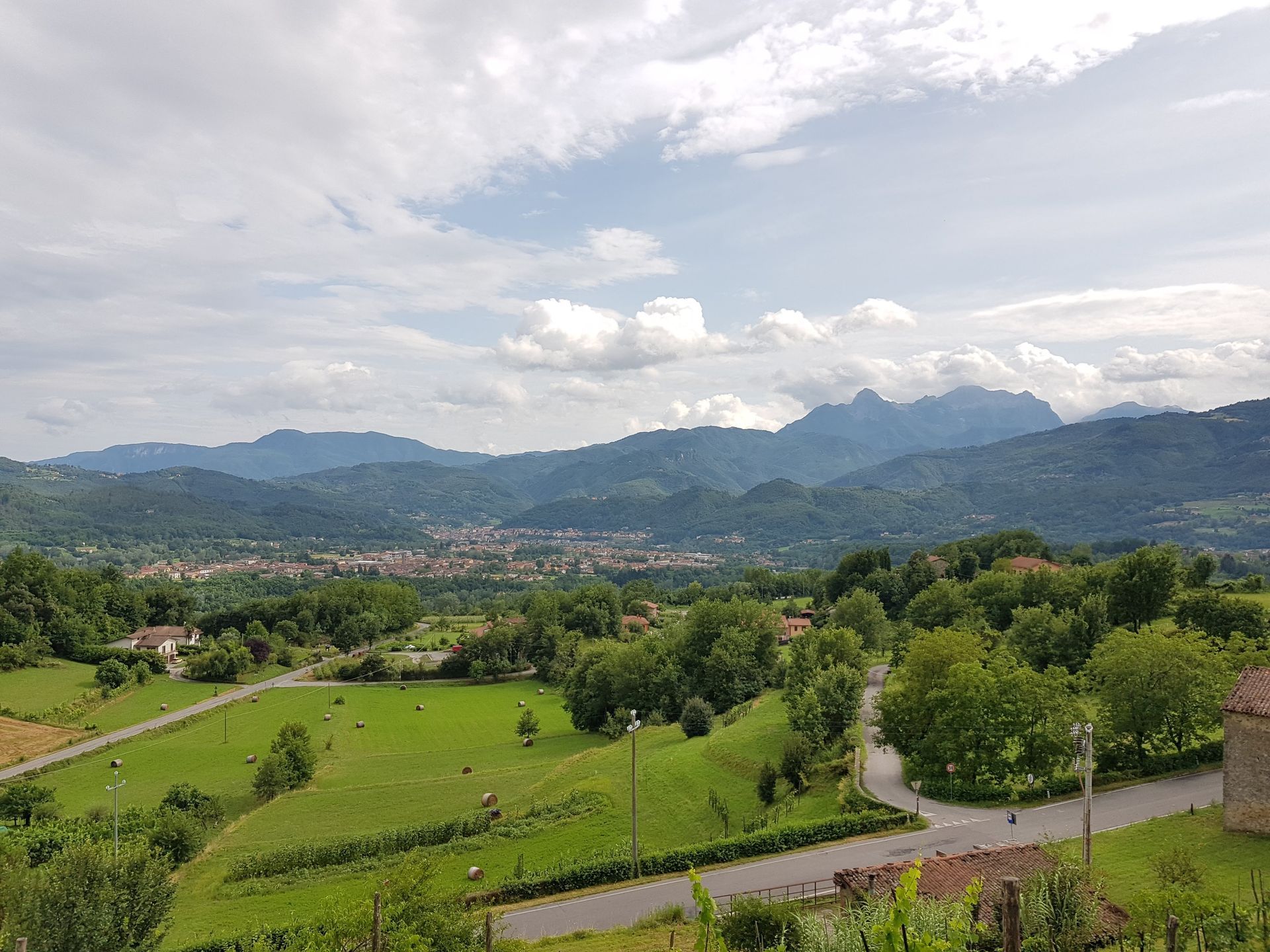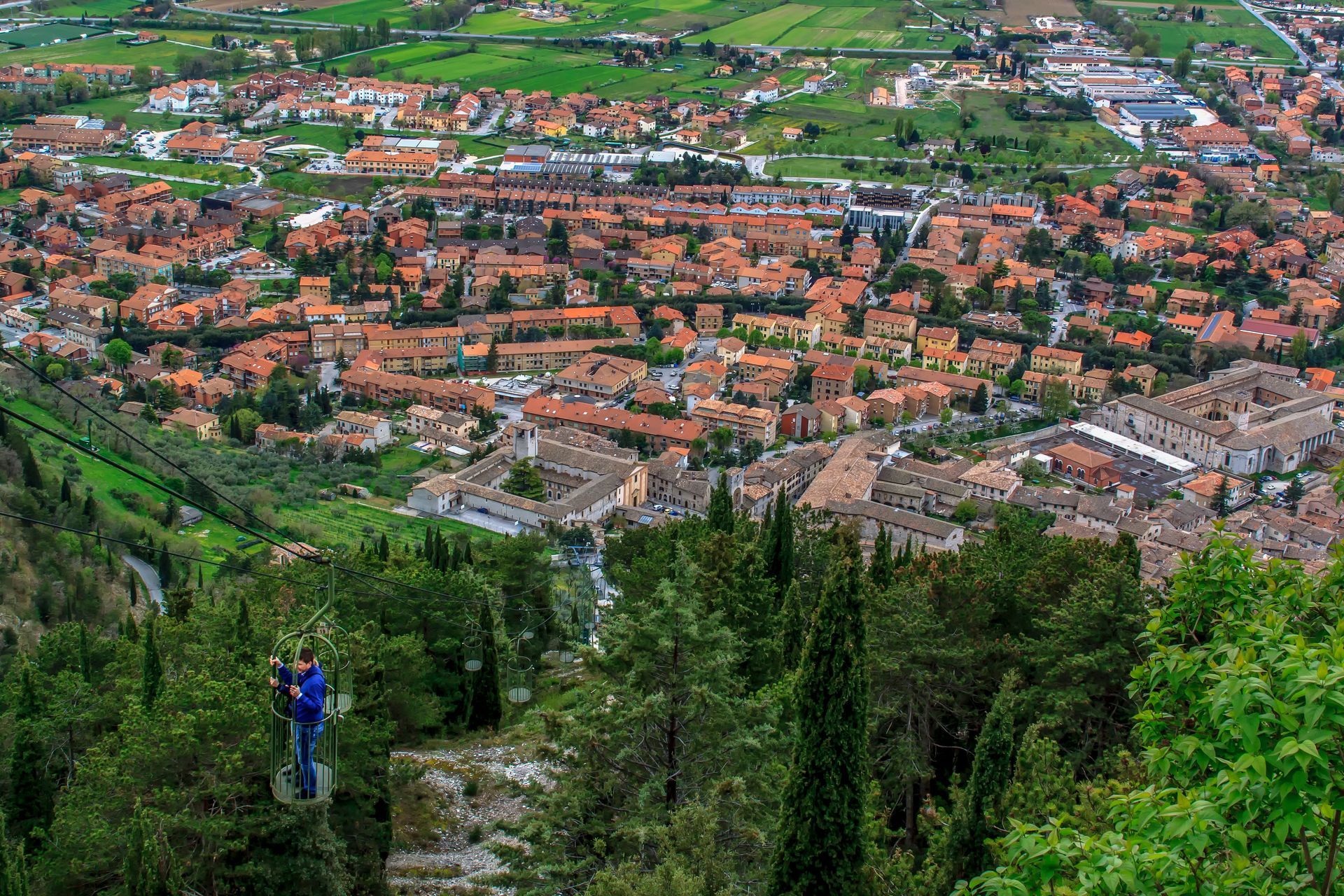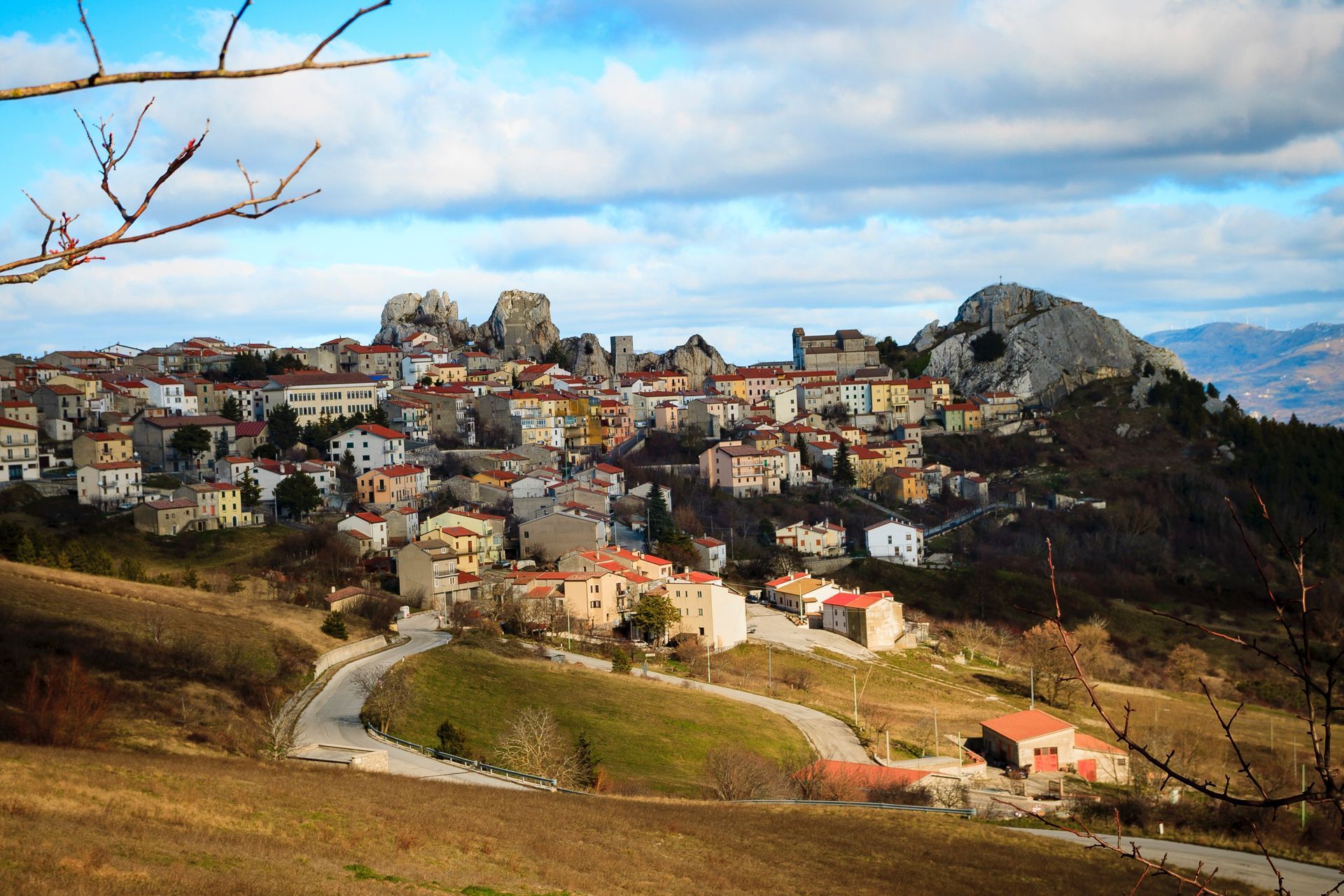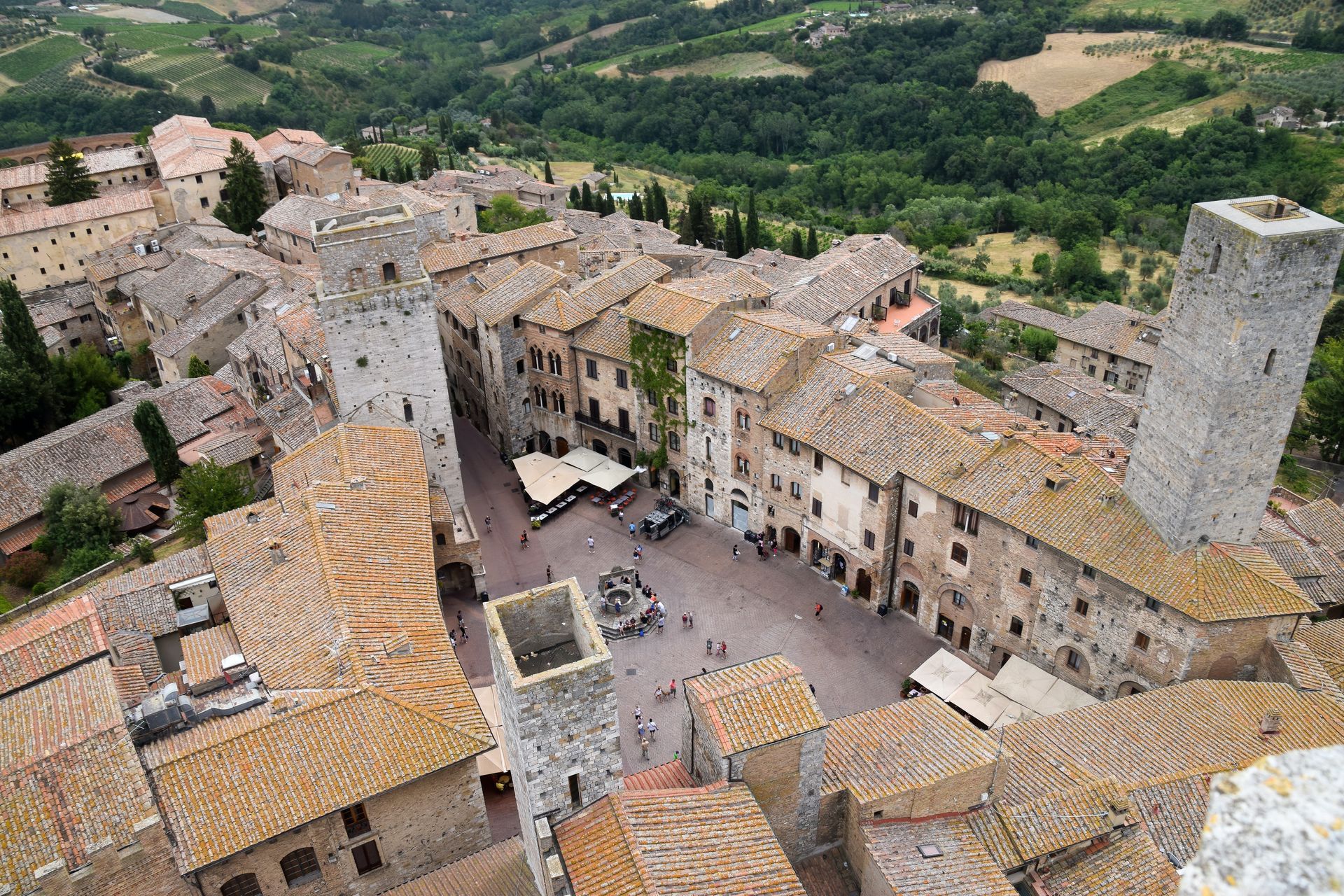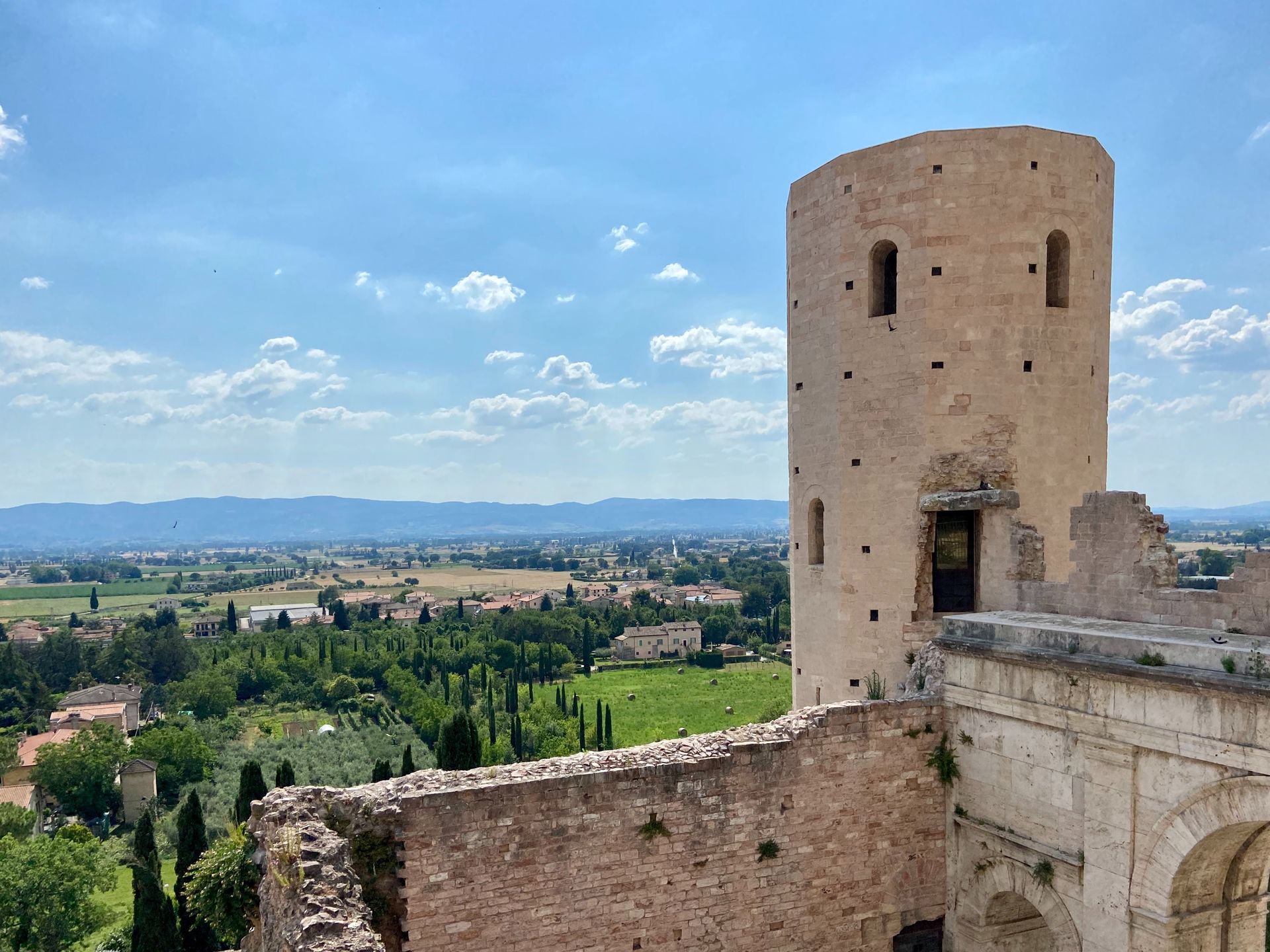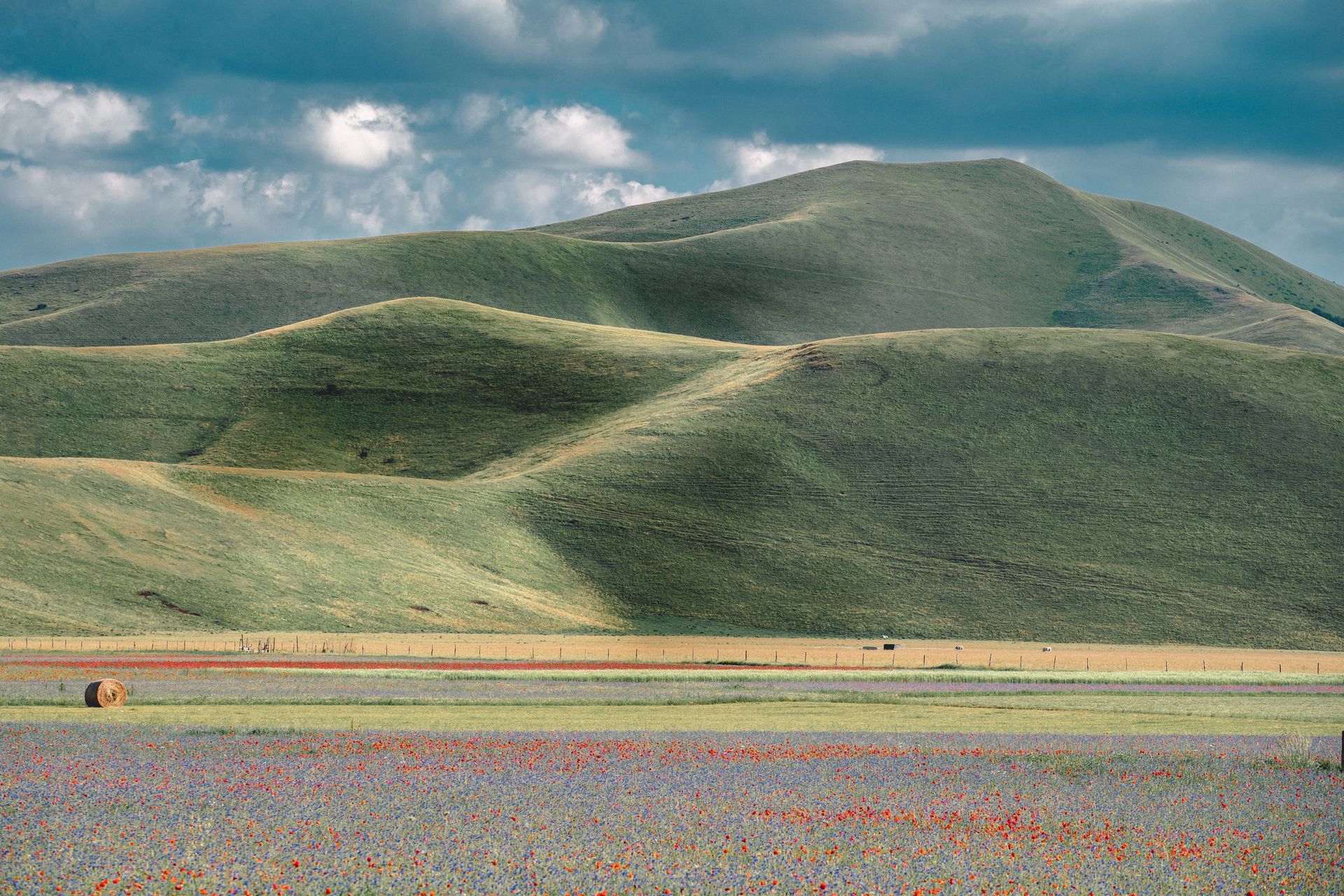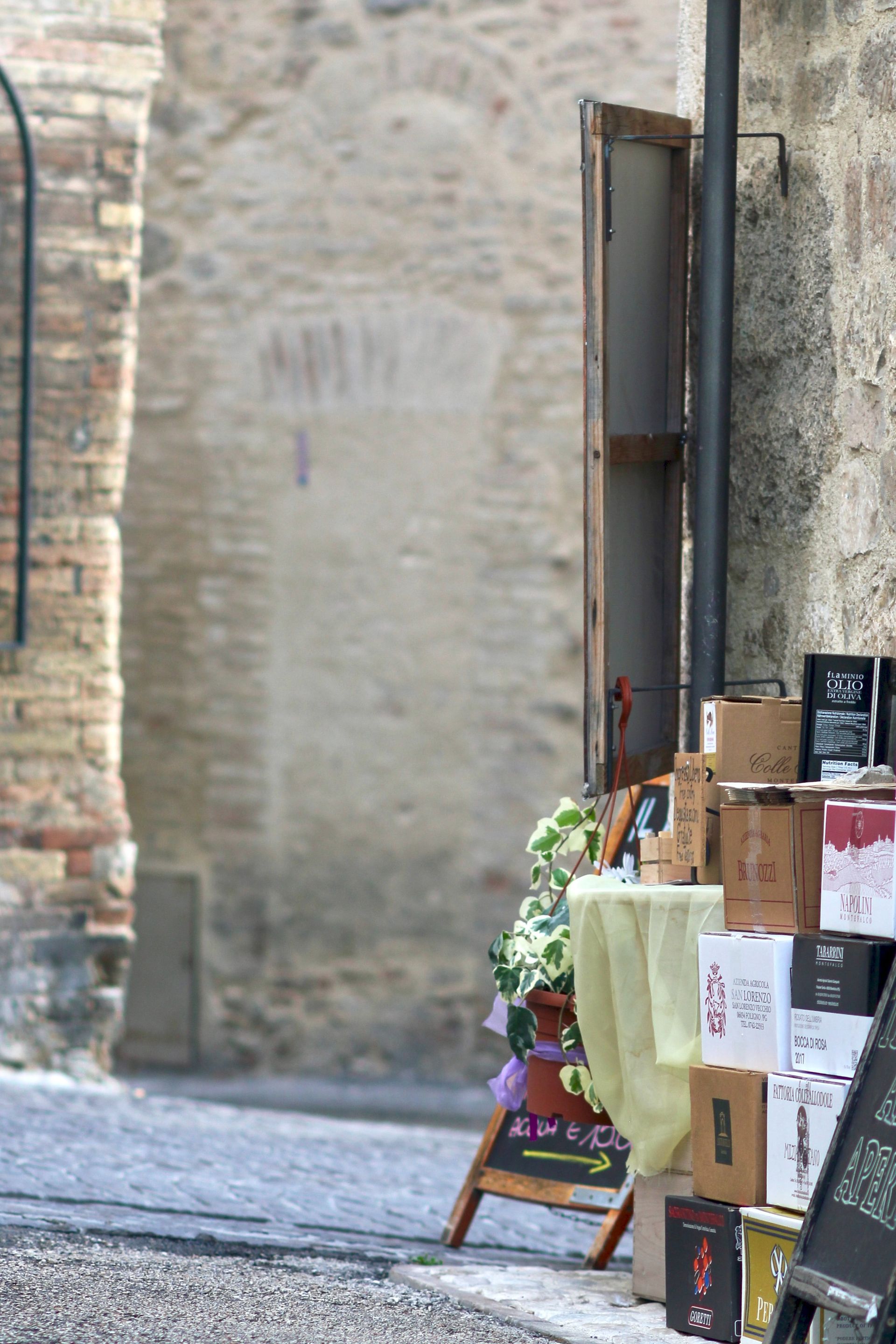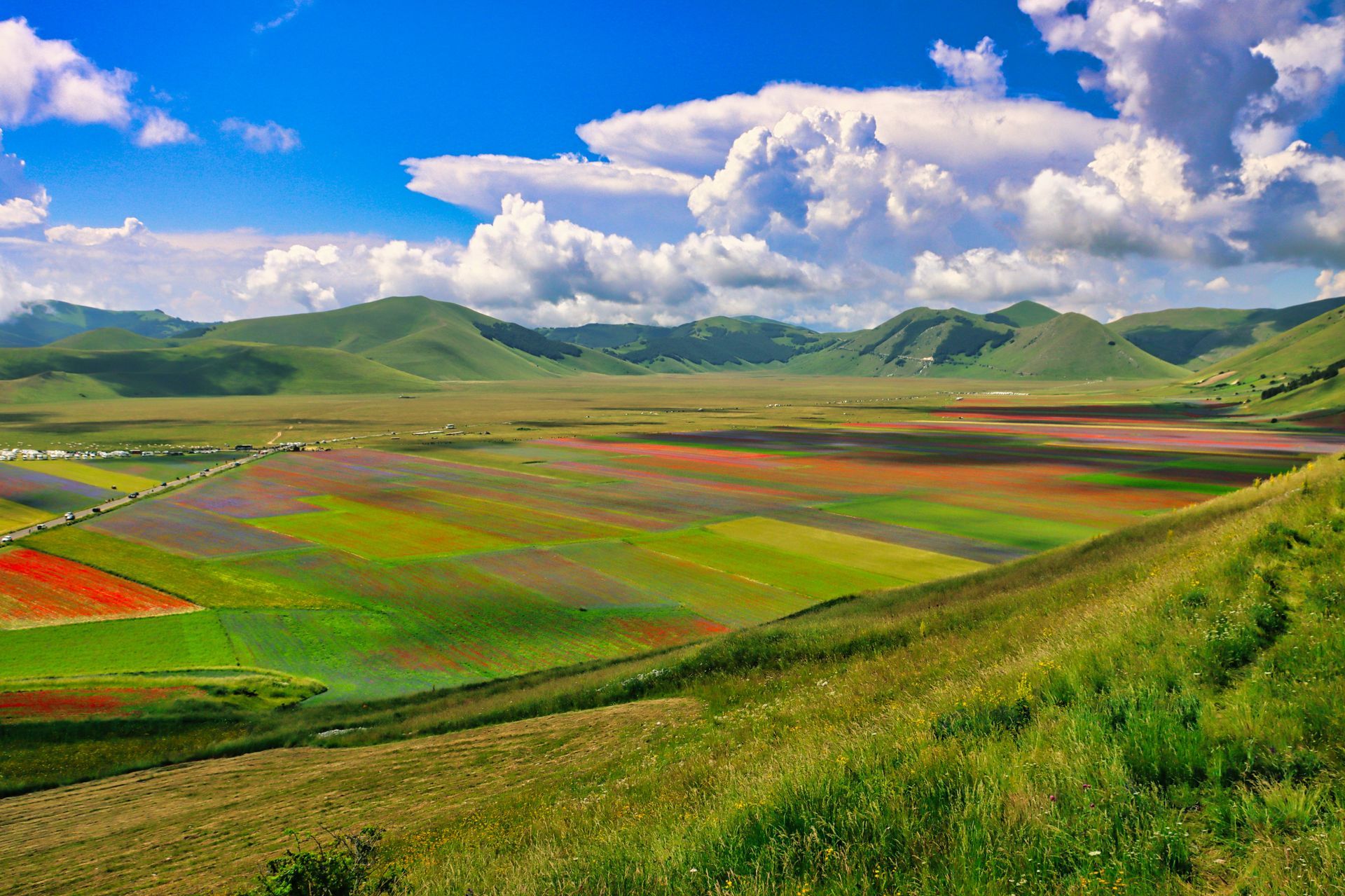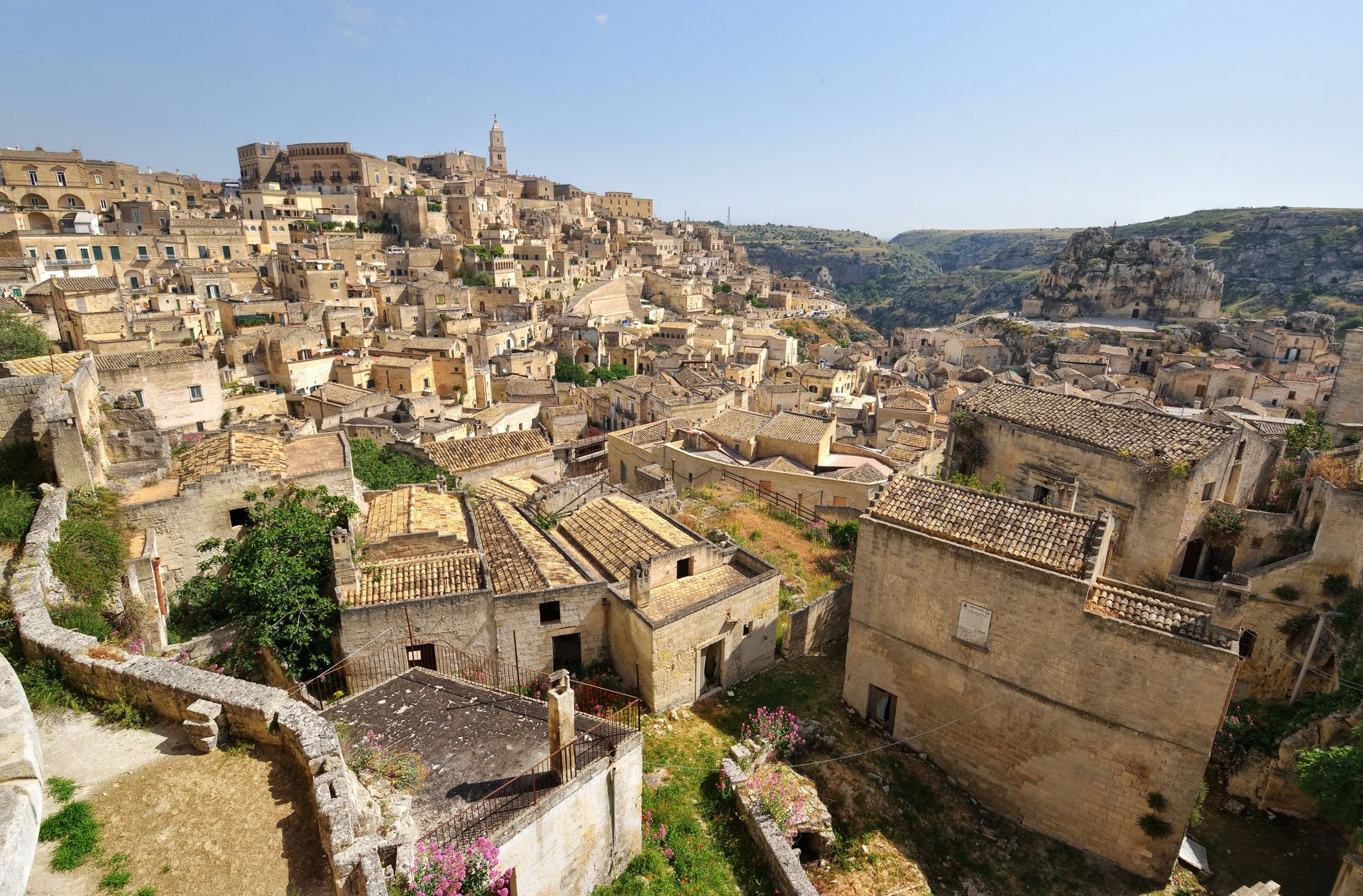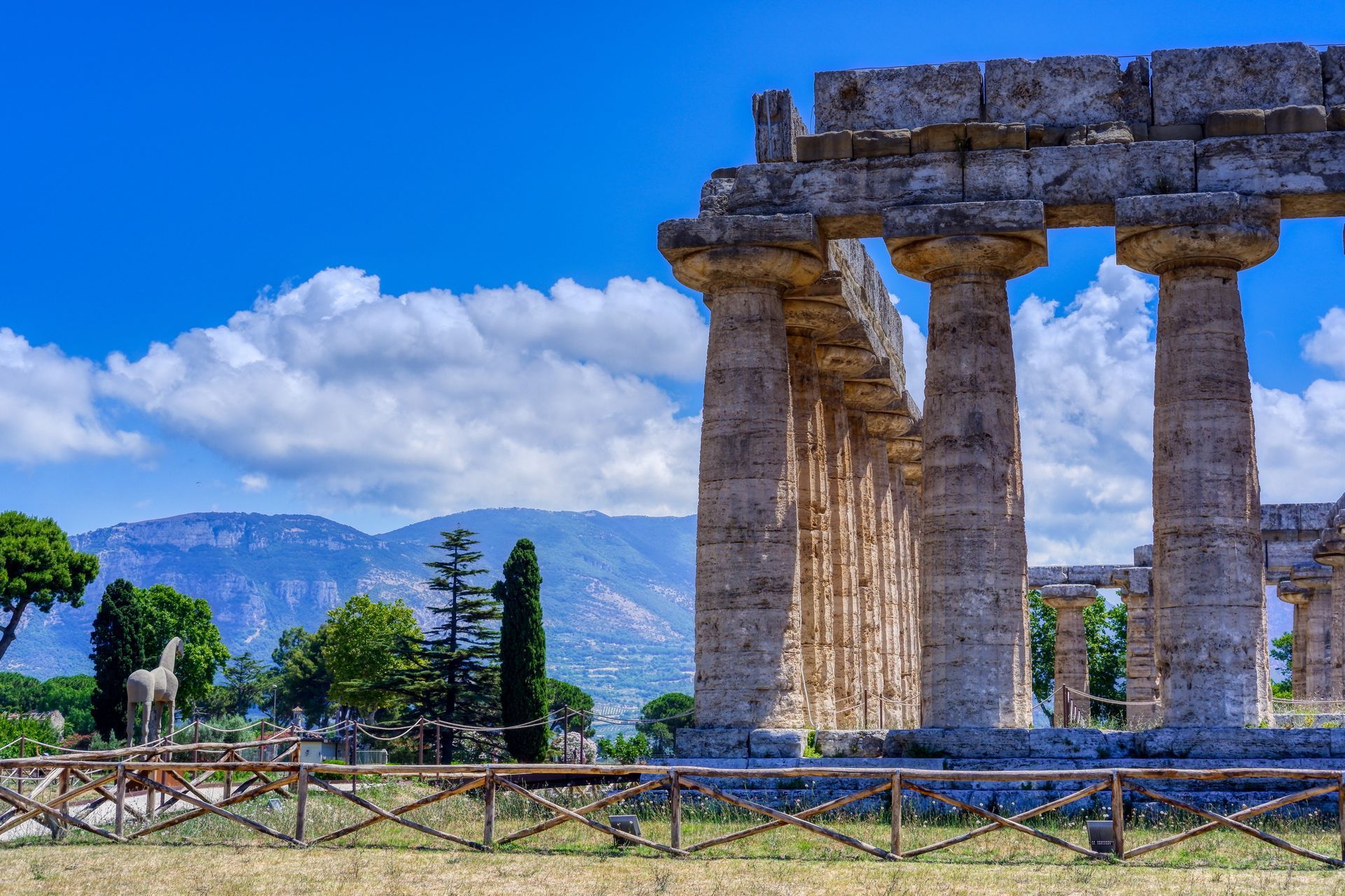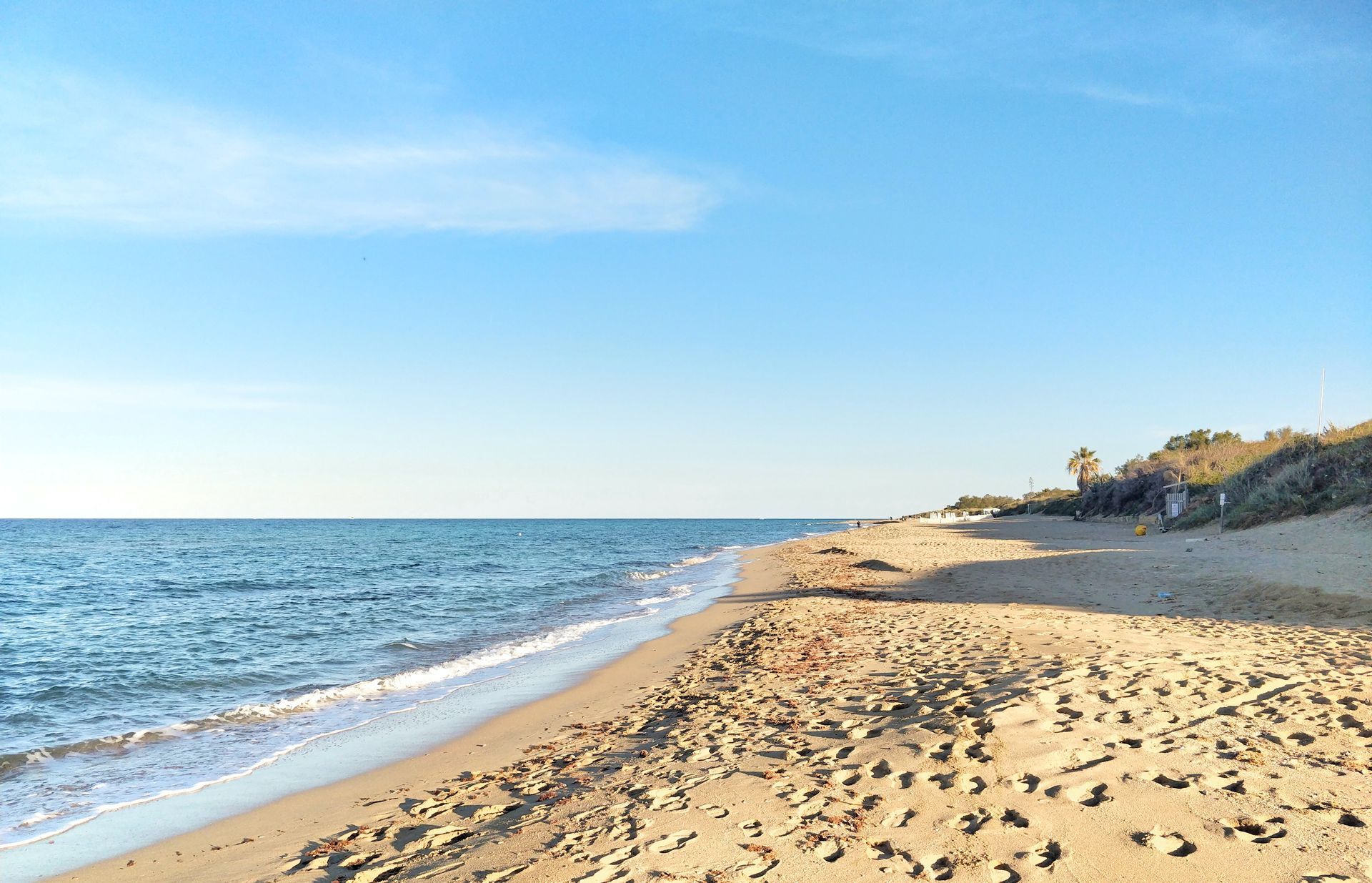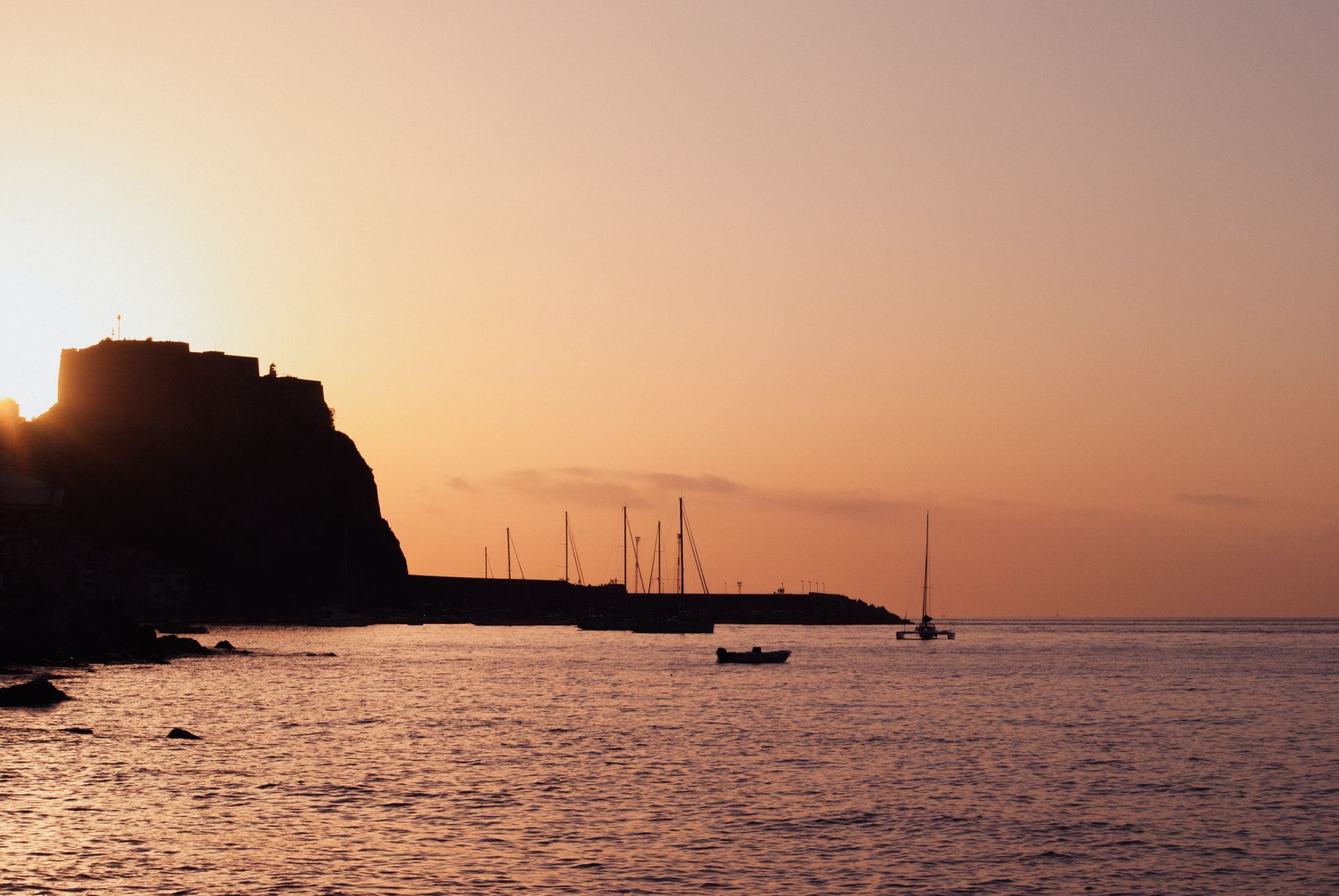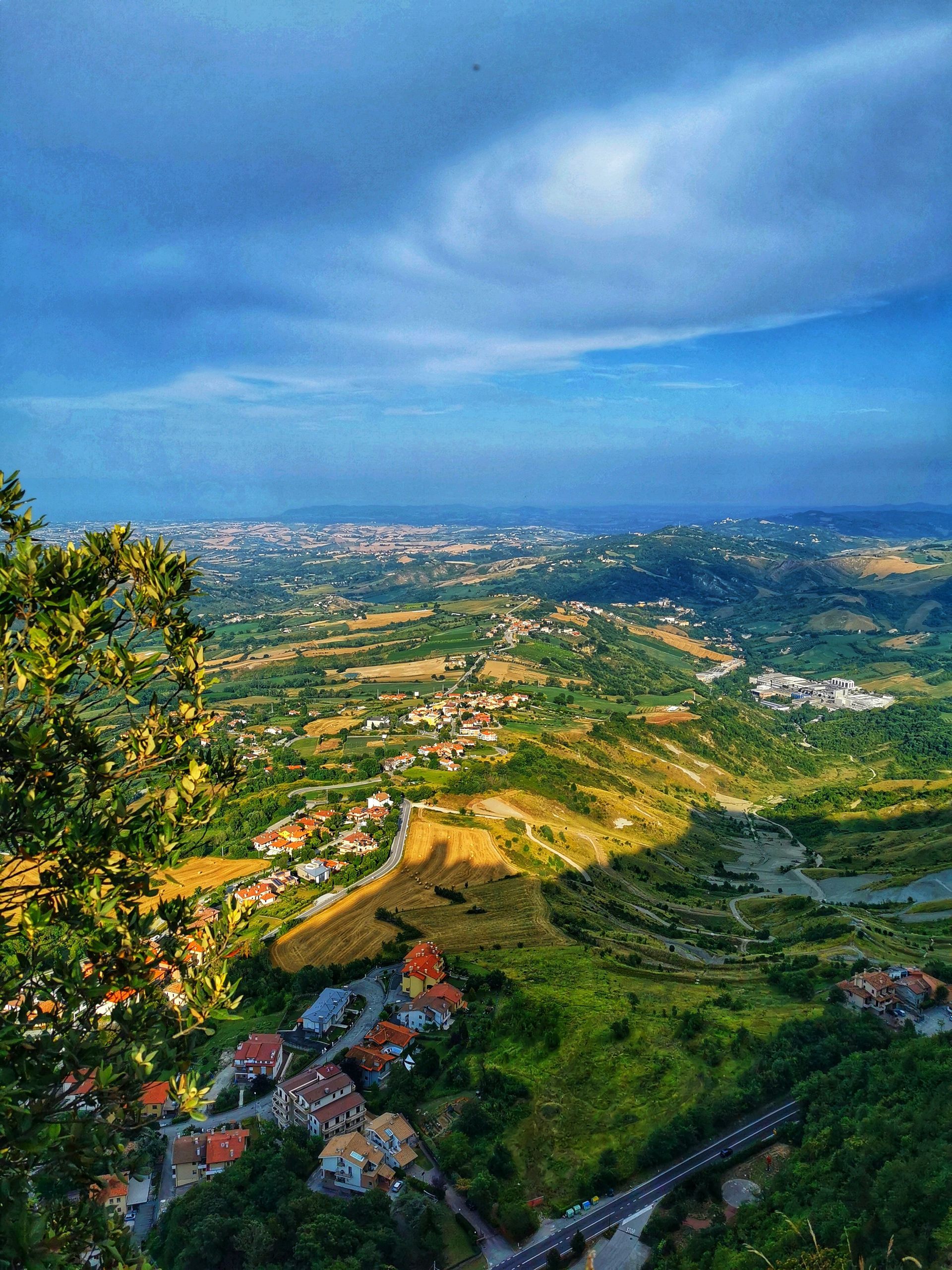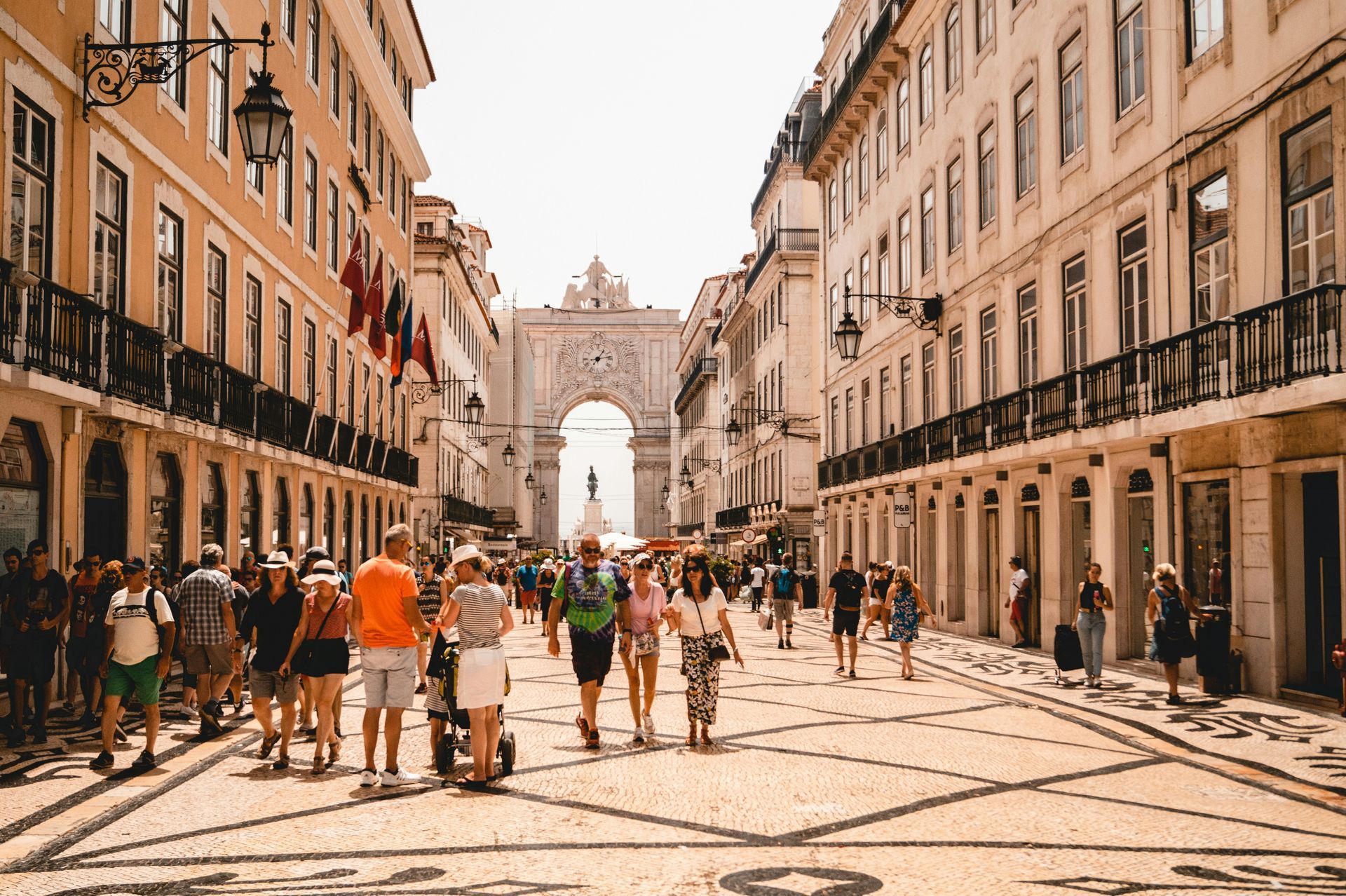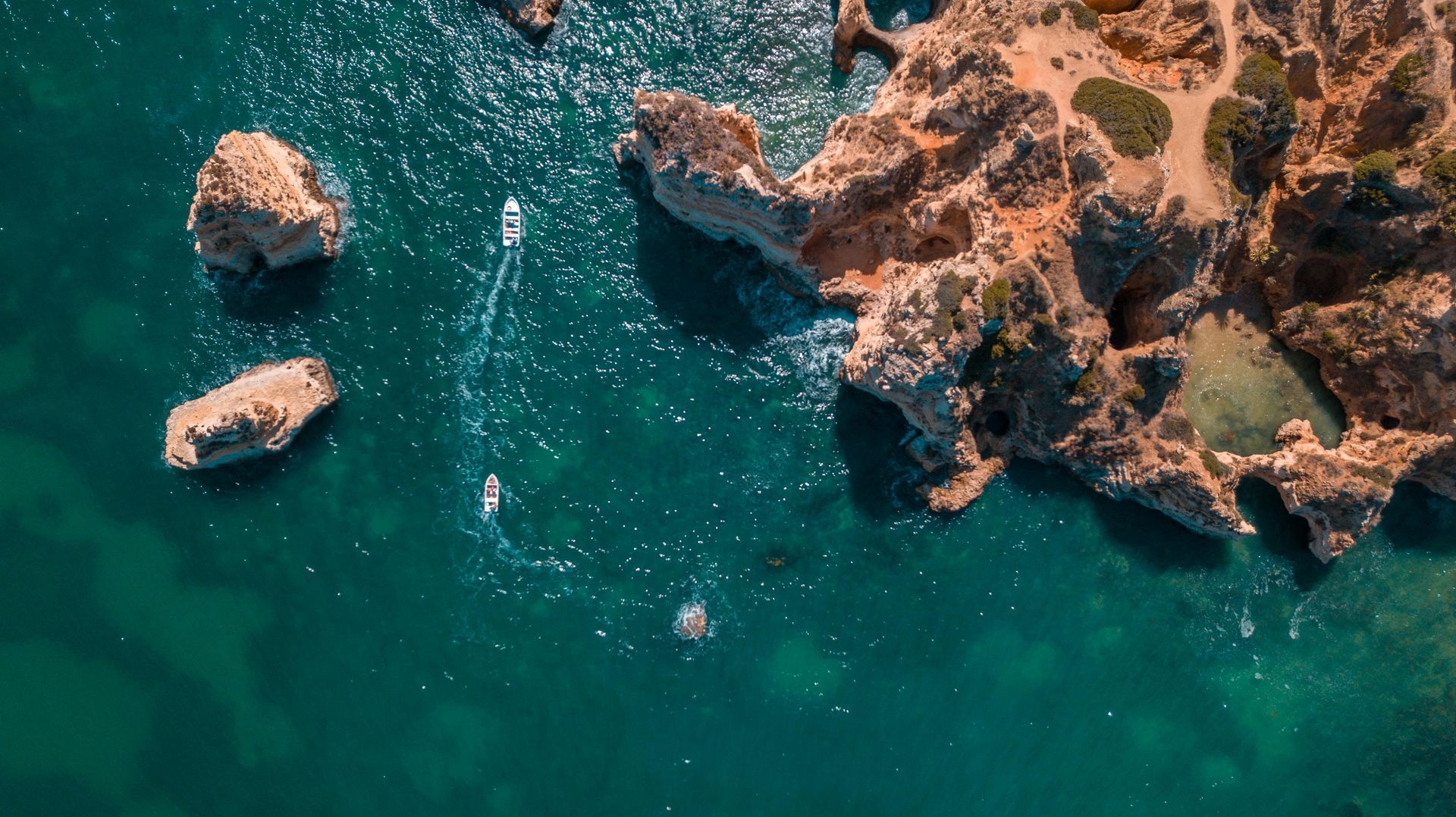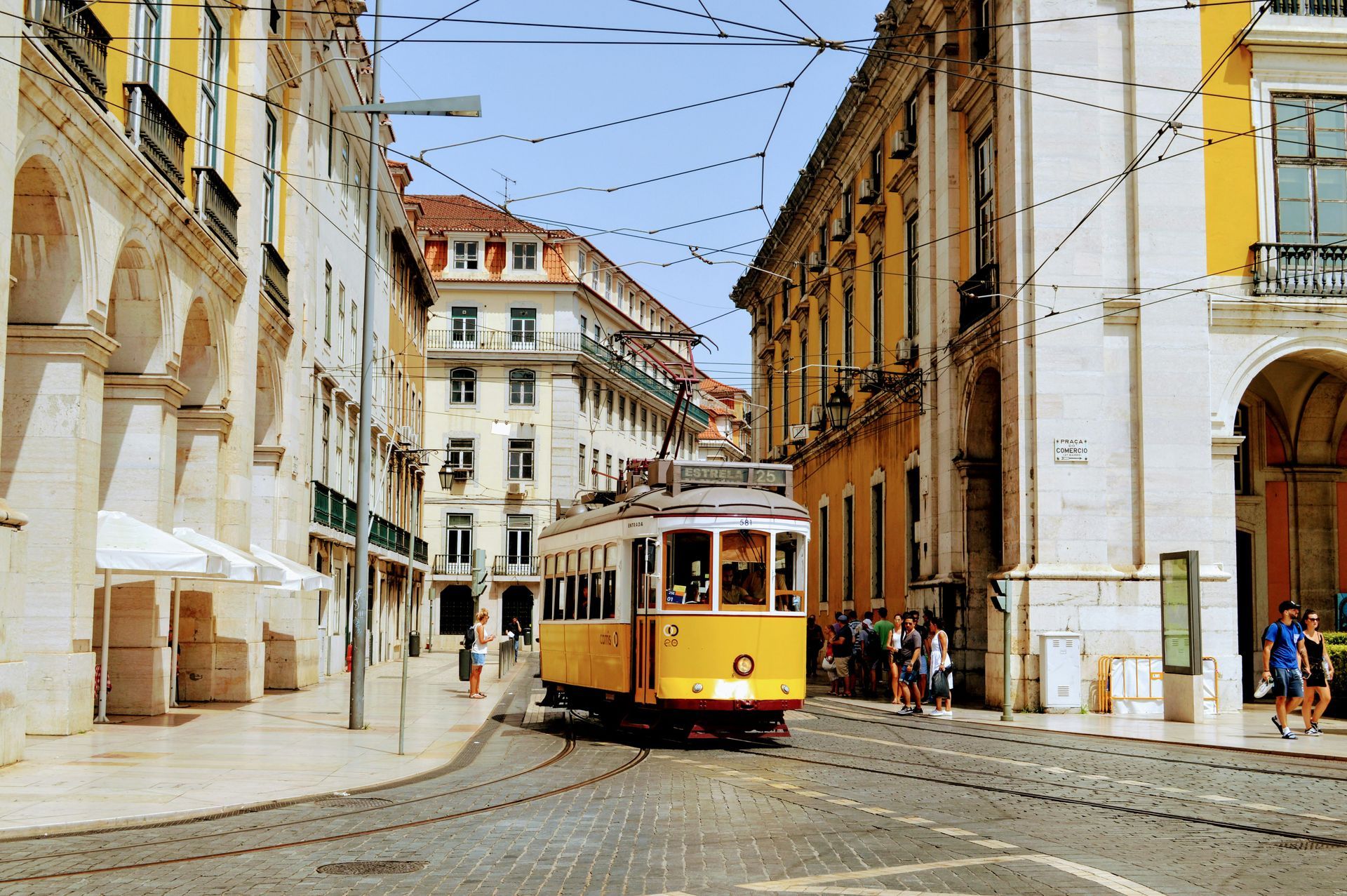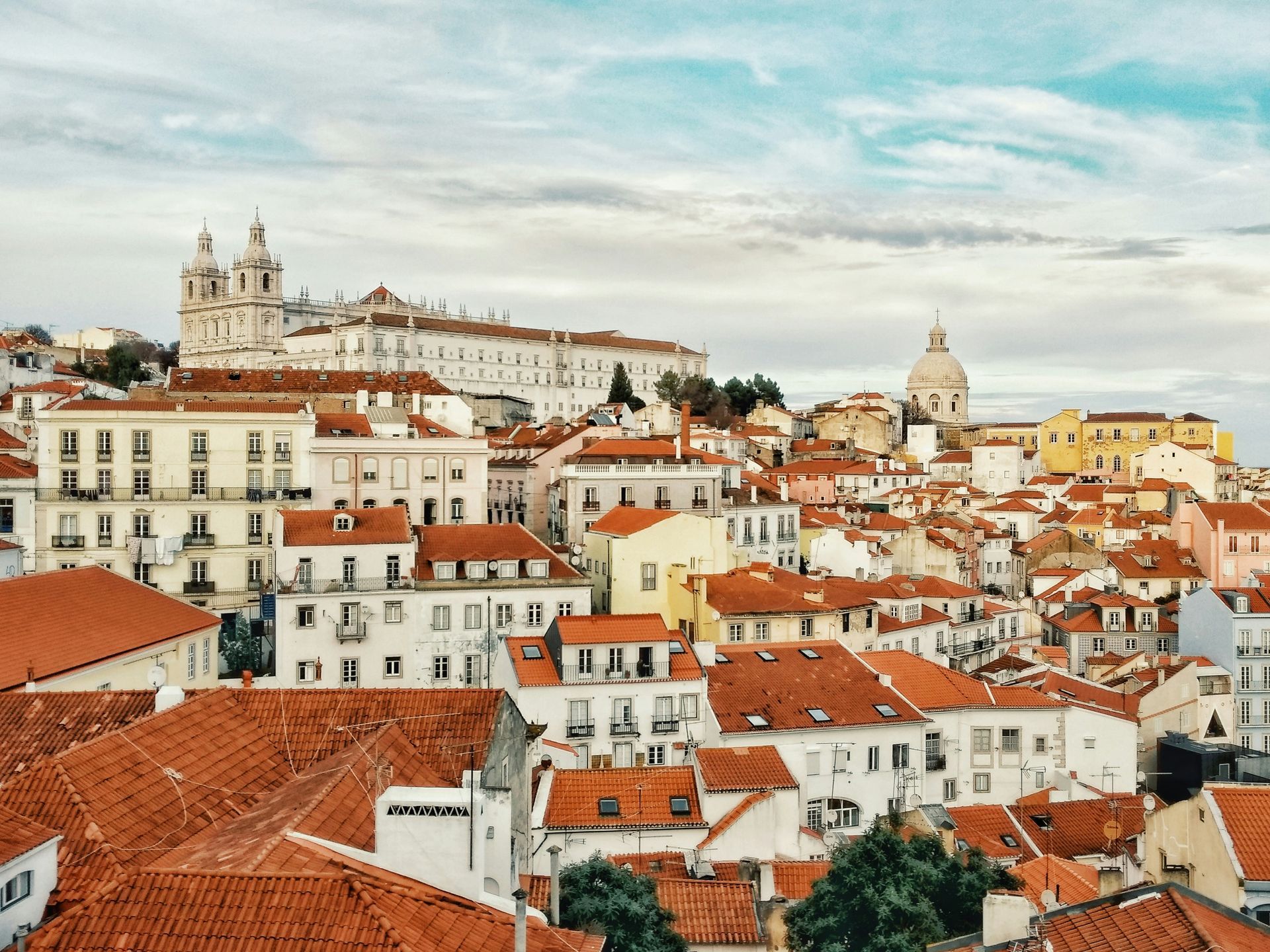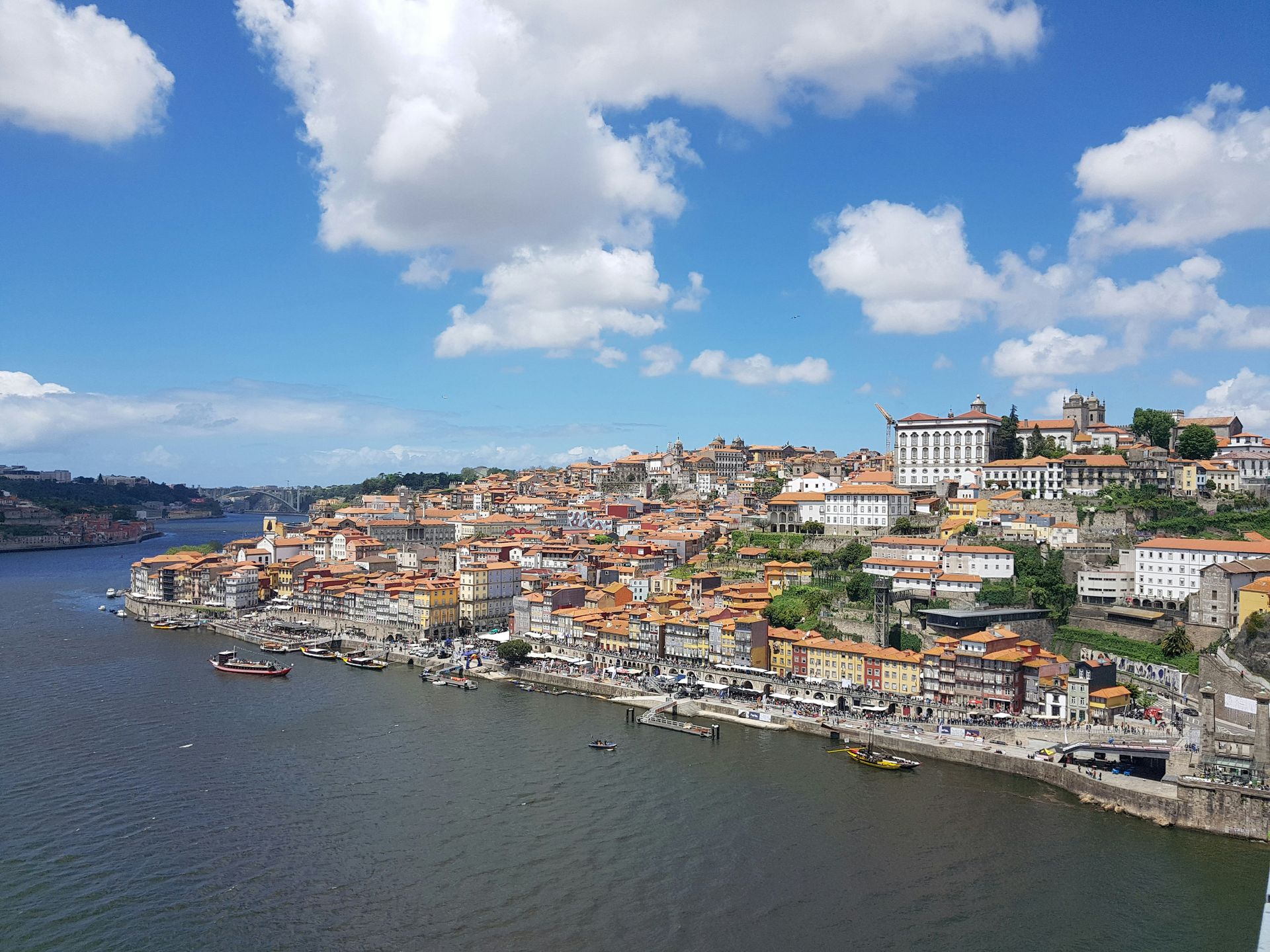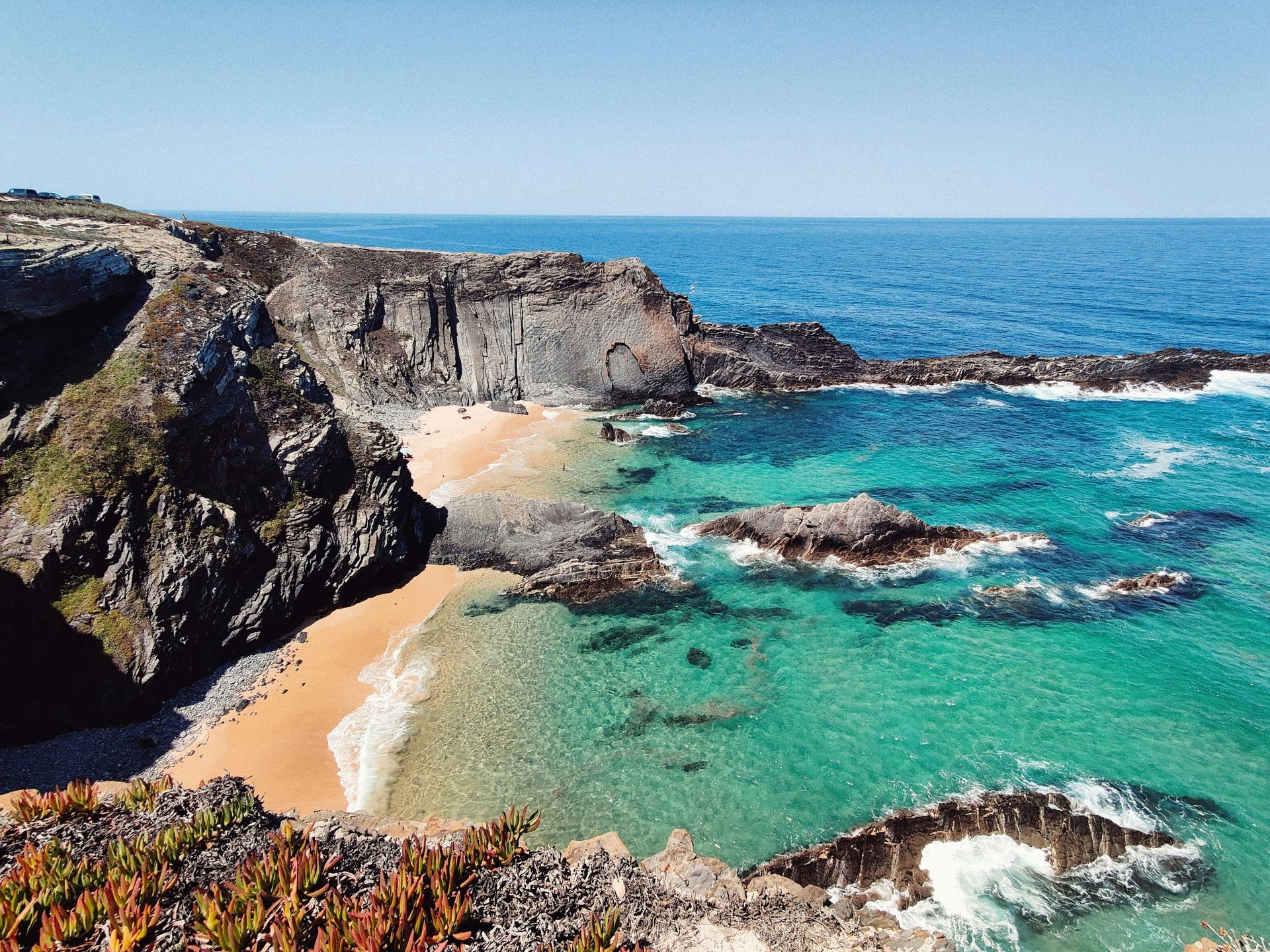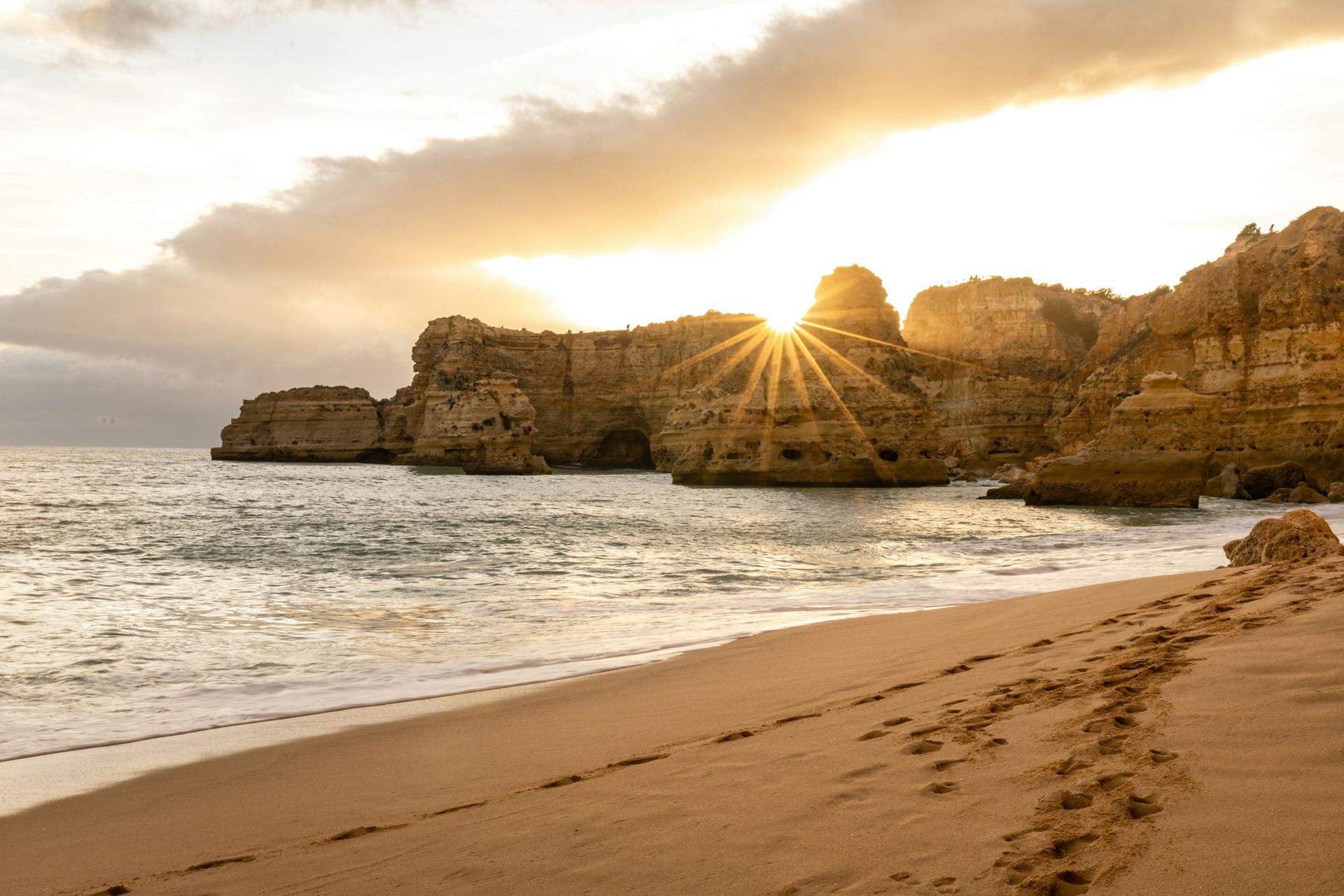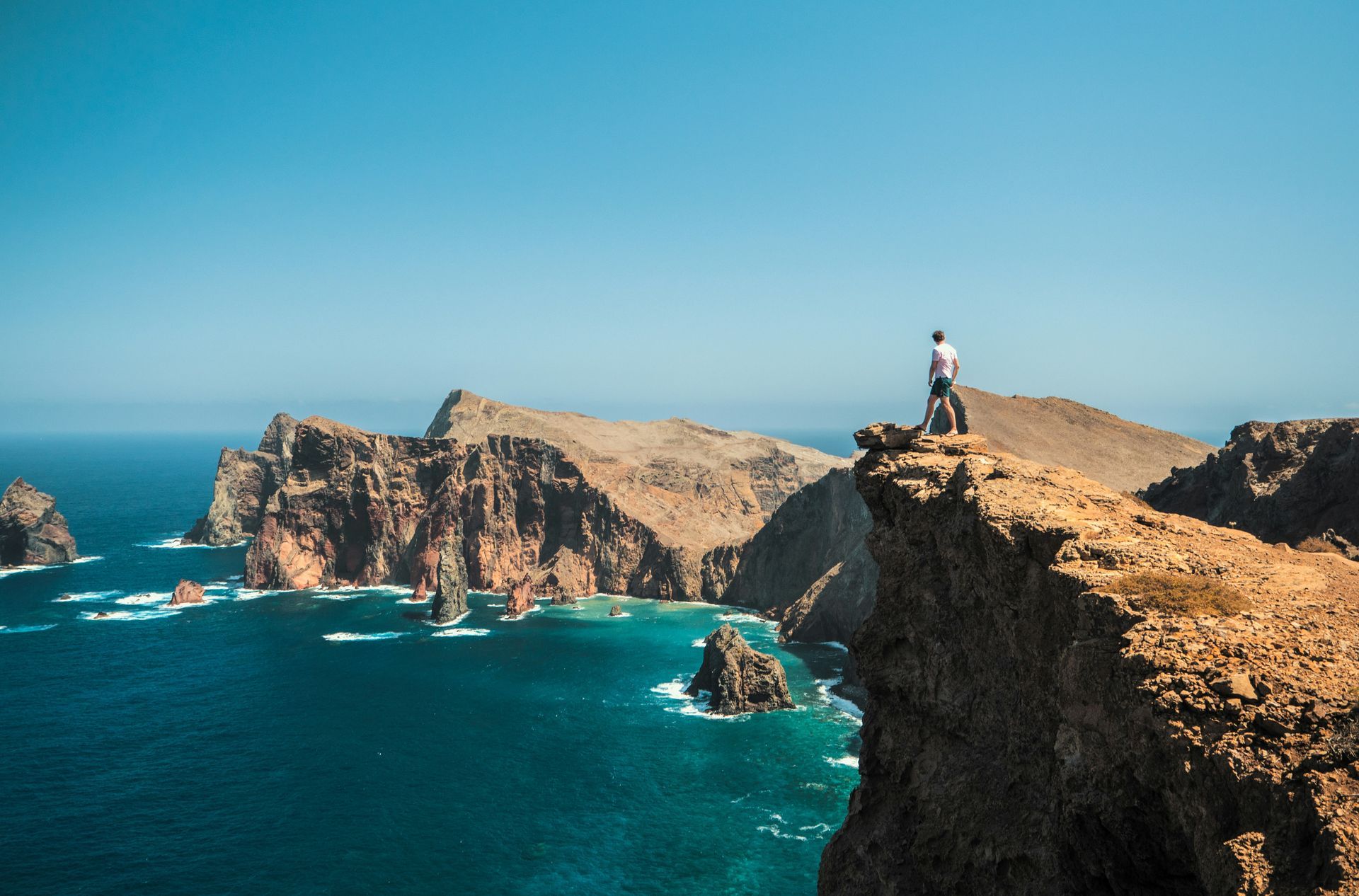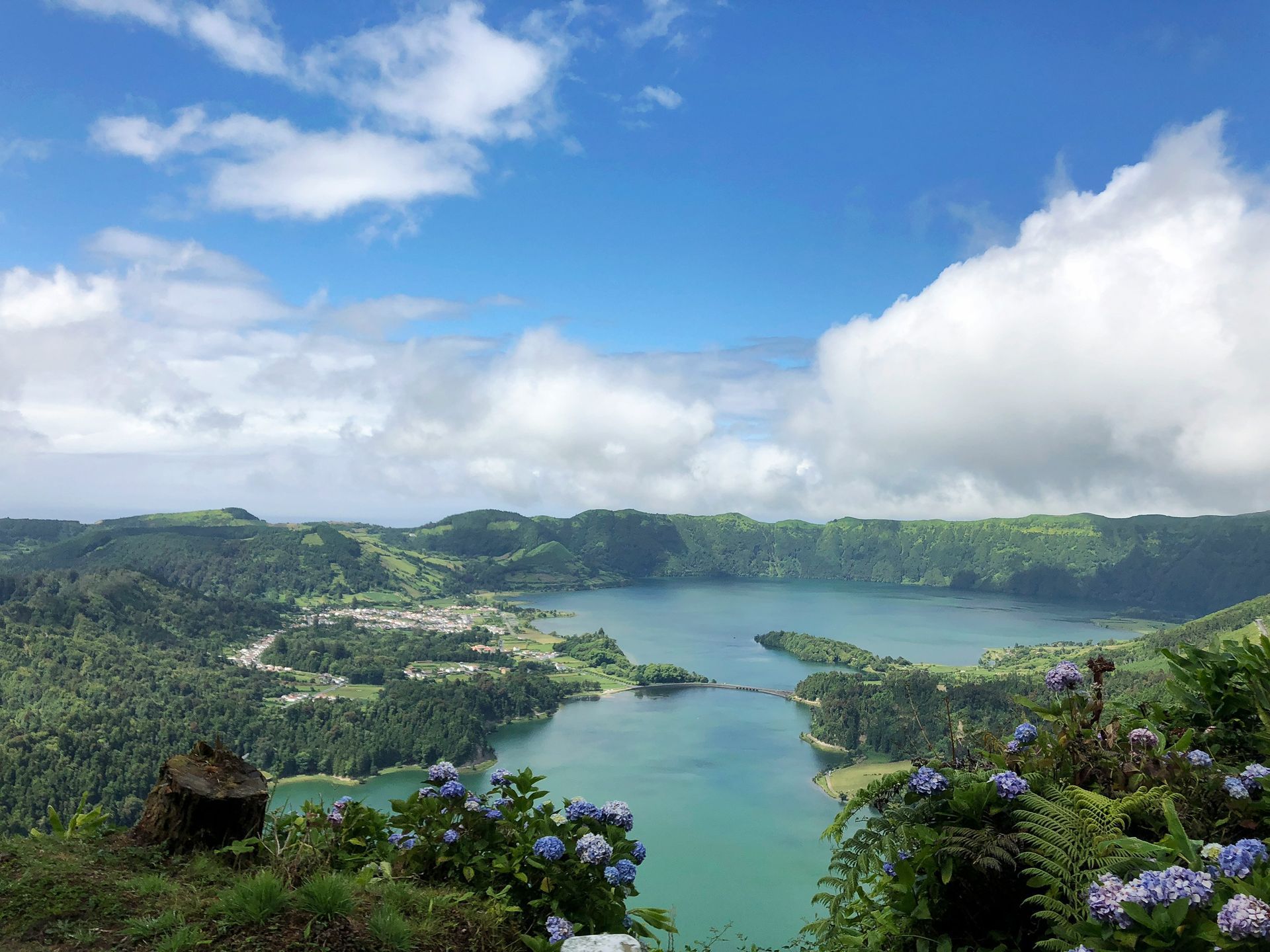Spreading Smile across the globe
Hidden Gems of Northern Italy
Hidden Gems of Italy are a testament to the country's diverse and enchanting beauty, often concealed from the traditional tourist routes. While Italy is celebrated for its iconic cities like Rome, Florence, Venice, and the Amalfi and Cinque Terre coasts, it's the lesser-known destinations that promise a unique journey. These unexplored regions offer travellers a chance to experience Italy's authentic culinary delights, rich historical narratives, and stunning natural landscapes. From the northern reaches to the southern shores, these Hidden Gems of Italy reveal a different facet of this remarkable nation.
Lake Orta - Piedmont
Hidden Gems of Italy come to life at Lake Orta, tucked away near the Swiss border in the heart of Piedmont. This hidden paradise often evades the spotlight compared to its more famous counterparts like Lake Como and Lake Garda. The historic town of Orta San Giulio, with its Baroque and Medieval architecture, cobbled streets, and idyllic Piazza Motta, enchants visitors. The glistening waters of the lake itself invite moments of serenity. What makes Lake Orta truly extraordinary is the mysterious island at its centre—a tranquil sanctuary inhabited by resident nuns.
Treviso - Veneto
Among the Hidden Gems of Italy, Treviso stands as a city in the Veneto region that retains its genuine northern Italian charm. Meandering through its narrow cobbled lanes, picturesque canals, and medieval city walls feels like a step back. Positioned on the fringes of the renowned Prosecco wine region, Treviso provides a delightful excuse for an aperitivo with a glass of Italy's renowned sparkling Prosecco.
Aosta Valley
Nestled among the bordering landscapes of Switzerland and France, the Aosta Valley showcases breathtaking alpine scenery, perched castles, and traditions that thrive throughout the year. When spring and summer arrive, the region's walking trails entice explorers. This season also brings lively festivals that celebrate folk traditions that date back to medieval times. Be sure to savour the local cheese Fontina, a culinary delight that embodies the spirit of this Hidden Gem of Italy.
Alba - Piedmont
Alba, a sought-after destination among Italy's hidden gems, is situated in the vineyards of the Langhe Hills. Once adorned with a hundred towers, Alba exudes a charming rural ambience. It's renowned for its autumn truffle festival, a gastronomic event that captures the essence of the region. Alba is also celebrated for its dark chocolate, hazelnut groves, white truffles, and prestigious wineries. It's from this very region that the sought-after Barolo wine originates.
Camogli - Liguria
Camogli, a typical and vibrant Italian seaside village on the Ligurian Riviera di Levante, perfectly embodies the spirit of the Hidden Gems of Italy. Towering, brightly painted houses dominate the town, and it has become a magnet for visitors seeking pristine beaches, Ligurian cuisine, the rustic fishing marina, Italian culture, and a tranquil natural setting. Camogli has earned its reputation for culinary excellence, focusing on fish and seafood, particularly anchovies and tuna, as well as the iconic pesto sauce made from basil and pine nuts.
Brescia - Lombardy
Hidden Gems of Italy often come alive through history, and Brescia is no exception. In this small city, history unfolds through a tapestry of architectural styles, spanning Roman, Medieval, Renaissance, Baroque, and even Art Deco. Walking through Brescia feels like a journey through time, and a visit to the captivating Piazza della Loggia, framed by a stunning Venetian-style palace at its heart, is a must for history enthusiasts.
Trieste
Trieste is a refreshingly unique destination, an Italian city positioned near the Slovenian border with its dialect that's a delightful blend of Austrian-German, Greek, Croatian, and Italian. Trieste's neoclassical waterfront is a sight to behold, with its marina brimming with stylish, glimmering yachts. The city's offerings include clear blue skies, expansive sandy beaches, city lidos, and the surrounding vineyards. Trieste is a Hidden Gem of Italy that belongs on every traveller's Northern Italian itinerary.
Modena - Emilia-Romagna
Modena is famed for its Hidden Gems of Italy, including balsamic vinegar, Luciano Pavarotti, the Romanesque cathedral, and the nearby Ferrari museum. Beyond these illustrious attractions, Modena reveals a treasure trove of remarkable restaurants. Massimo Bottura's Osteria Francescana has twice earned a place among the world's top 50 eateries, showcasing the culinary excellence of this Hidden Gem. While in Modena, don't miss the chance to savour local specialities like stuffed tortellini and sparkling Lambrusco wine, the perfect complement to your gastronomic journey.
Chiusa / Klausen - South Tyrol
Chiusa, also known as Klausen, is one of Italy's most picturesque villages. It is situated on the banks of the Isarco River in the South Tyrolean region near the Austrian border. Chestnut groves, green fields, vineyards, and farmsteads surround the town. In the village itself, visitors are captivated by narrow alleyways, coats of arms, large bay windows, crenellated facades, and the two main squares.
Ravenna - Emilia-Romagna
Ravenna offers a treasure trove of experiences among the Hidden Gems of Italy. This city is a feast for the senses, with its diverse offerings of food, music, art, culture, history, beaches, wine, and mosaics. Ravenna is home to eight UNESCO-listed sites, making it a must-visit for history and art enthusiasts. It's also known for its two-month-long music festival, Dante Alighieri's tomb, local culinary delights, nearby beach resorts, and the opportunity to explore pinewood forests. The city's fame is derived from its stunning mosaics, dating from the fifth and sixth centuries, scattered throughout the town.
In conclusion, Italy's Hidden Gems invite you to embark on a journey less travelled, where the rich tapestry of history, diverse cuisine, and breathtaking landscapes come to life. These lesser-known destinations provide an authentic Italian experience, away from the bustling crowds, revealing the nation's soul in its purest form. Explore these Hidden Gems to uncover Italy's hidden treasures.
Hidden Gems of Central Italy
Hidden Gems of Italy beckon the adventurous traveller to explore the lesser-known treasures that this remarkable country holds. From the picturesque valleys of Tuscany to the medieval charm of Umbria, the mysterious landscapes of Molise, and the architectural wonders of San Gimignano, these destinations promise unforgettable experiences.
Garfagnana - Tuscany
The Garfagnana region is a hidden gem in the beautiful Tuscan valley north of Lucca. It is crossed by the Serchio River, and the landscape is characterized by fertile greenery, rugged mountains, and charming villages. Outdoor activities such as hiking, walking, and mountain biking are enjoyed by many people in this area. Garfagnana is home to several one-of-a-kind attractions, including a ghost town, a wind cave, and the Devil's Bridge at Borgo a Mozzano.
Gubbio - Umbria
Umbria hides many treasures, and a particular favourite among Hidden Gems of Italy is the Medieval hilltop town of Gubbio. Gubbio, a city with a history dating back over 2,000 years, is a maze of cobbled streets and stone buildings that have been perfectly preserved. Visitors can take a cable car to the summit of Mount Ingino to enjoy panoramic views of the surrounding area. In addition, Gubbio hosts Italy's oldest event, the Corsa dei Ceri, in which teams race through the streets carrying massive wooden candles.
Molise
Molise is Italy's second-smallest region and one of its best-kept secrets. Hidden Gems of Italy are plentiful here. The picturesque town of Agnone is renowned for its artisanal bells, produced by the oldest family-run bell foundry in the world. Meanwhile, Campobasso, the regional capital, boasts a stunning medieval old town. Molise offers a captivating mix of historical charm and natural beauty, with rugged mountains, rolling hills, and pristine beaches along the Adriatic coast.
San Gimignano - Tuscany
Nestled in the heart of Tuscany, San Gimignano boasts medieval architecture and, of course, its famous towers. The town's historic centre is a UNESCO World Heritage site, known for its fourteen stone towers that once symbolised wealth and power. San Gimignano offers a glimpse into medieval Tuscany, with well-preserved streets and squares that transport visitors to another time. Besides the towers, make sure to explore the Collegiate Church and indulge in the local Vernaccia wine, a crisp white wine produced in the region.
Spello - Umbria
Another gem in the heart of Italy, Spello enchants visitors with its winding medieval streets and stunning floral displays. Known as the "Città Infiorata" or "flower town," Spello hosts the Infiorata festival, during which the streets are carpeted with intricate flower petal designs. This event occurs in early June and is a magnificent spectacle. Outside of the festival, Spello's charm continues with its well-preserved historic centre and beautiful churches.
Trulli of Alberobello - Apulia
Apulia, or Puglia, is famous for its unique trulli houses, and Alberobello is the epicentre of this architectural marvel. These whitewashed conical homes are a UNESCO World Heritage Site that offers a glimpse into the region's history. Visitors can even stay in trulli that have been converted into accommodations, providing a truly immersive experience.
Norcia - Umbria
Nestled in the Sibillini Mountains, Norcia is renowned for its gastronomy. This charming town produces exceptional cured meats, particularly prosciutto and salami. For food enthusiasts, Norcia is a true Hidden Gem of Italy. Explore local shops, taste the region's specialities, and visit the beautiful town square. Nature enthusiasts will also find hiking trails and natural beauty in the nearby Monti Sibillini National Park.
Montefalco - Umbria
Montefalco is often called the "Balcony of Umbria" for its stunning views over the surrounding valley. This charming town is also known for its wine, particularly Sagrantino, one of Italy's most robust red wines. Montefalco's medieval centre is picturesque and hosts several churches with remarkable frescoes, making it a cultural and gastronomic gem.
Castelluccio di Norcia - Umbria
High in the Sibillini Mountains, Castelluccio di Norcia is a quaint village known for its stunning wildflower blooms in late spring and early summer. The surrounding plateau becomes a colourful tapestry, attracting photographers and nature enthusiasts. Besides the flowers, visitors can enjoy hiking and take in the breathtaking scenery. Hidden Gems of Italy like Castelluccio di Norcia provide a unique connection to nature and the changing seasons.
In the heart of Italy, a treasury of Hidden Gems awaits the intrepid traveller. From the mysterious ghost town of Garfagnana to the ancient charms of Gubbio, the enchanting landscapes of Molise, and the medieval splendours of San Gimignano, these lesser-known destinations reveal Italy's diverse beauty and rich history. Journey through the tranquil streets of Spello, marvel at the unique trulli houses in Alberobello, savour the culinary delights of Norcia, and bask in the vibrant blooms of Castelluccio di Norcia. These Hidden Gems of Italy promise an unforgettable adventure in a land of timeless wonder.
Hidden Gems of Southern Italy
Italy, a land of rich history, captivating art, and exquisite cuisine, is known for its iconic cities and world-famous landmarks. Despite the tourist-filled streets and crowded piazzas, the country holds many hidden gems—lesser-known destinations that offer a more intimate and authentic experience. These places, tucked away in various corners of Italy, are a testament to the nation's diverse and enchanting beauty, waiting to be explored by the discerning traveller. From medieval towns perched atop hills to charming coastal villages and ancient archaeological sites, the Hidden Gems of Italy promise unique adventures and unforgettable memories.
Civita di Bagnoregio - Lazio
Civita di Bagnoregio is often called the "Dying Town" because of its gradual erosion over the centuries. This medieval village is perched on a hilltop and can only be reached by a long footbridge. It's a unique destination, seemingly suspended in time, and is the perfect Hidden Gem for history buffs and photographers.
Matera - Basilicata
Matera, known for its cave dwellings, is one of Italy's most intriguing and unique destinations. The Sassi di Matera, a historic cave settlement, is a UNESCO World Heritage Site. Matera is gaining popularity but still qualifies as one of the Hidden Gems of Italy. Touring this labyrinth of stone-carved rooms and narrow streets offers an incredible historical journey.
Sperlonga - Lazio
Sperlonga is a charming coastal town characterized by its pristine beaches, winding alleys, and picturesque piazzas. Nestled between Rome and Naples, Sperlonga is often overlooked by travellers. A visit here reveals a relaxed and authentic Italian atmosphere, perfect for strolls and seaside relaxation. Take advantage of the Grotto of Tiberius, a cave once used as the emperor's villa and now a museum.
Paestum - Campania
The ancient ruins of Paestum, originally a Greek colony known as Poseidonia, provide an extraordinary window into Italy's history. The temples are exceptionally well-preserved, ranking among the best-preserved in the world. Paestum is also home to a fascinating archaeological museum that displays artefacts from the site. Enjoy a step back in time amid the Hidden Gems of Italy.
Castro - Apulia
Castro, a picturesque coastal town, boasts a historic centre perched on a rocky outcrop. Visitors can explore ancient churches, fortifications, and a charming harbour. Castro also has sea caves that can be explored by boat. The region's cuisine is a seafood lover's paradise, making this town a Hidden Gem for food enthusiasts as well.
Scilla - Calabria
Scilla, an idyllic coastal village in Calabria, offers stunning sea views and hidden beaches. The town is known for the Ruffo Castle, which dominates the landscape, and the legendary sea monster Scylla from Greek mythology. The charming village is a serene and lesser-known alternative to some of the more crowded Italian seaside destinations.
San Marino
San Marino is a microstate surrounded by Italy and is one of the world's oldest republics. It's a destination that's often missed, making it a true Hidden Gem. San Marino boasts dramatic mountaintop views, historic architecture, and unique attractions like the Guaita Tower and the Palazzo Pubblico. For collectors, the country is also known for its beautiful stamps and coins.
Conclusion
Discovering the Allure of Hidden Gems of Italy
Hidden Gems of Italy offers travellers an authentic experience, far removed from the tourist-packed cities and famous landmarks. These lesser-known destinations unravel the genuine charm, culture, history, and culinary wonders that make Italy an endlessly fascinating country to explore. From the mountains of the North to the coasts of the South, each region holds its treasures, waiting to be discovered by those who venture off the beaten path. By exploring the Hidden Gems of Italy, you can craft a unique and unforgettable journey that deepens your appreciation of this incredible country. Plan your trip carefully, and you will be rewarded with the beauty, history, and flavours that characterize these enchanting places.
Portugal Unleashed:
Best Spots and Activities for Young Explorers
Welcome to "Portugal Unleashed: Best Spots and Activities for Young Explorers," a guide dedicated to showcasing the best things to see in Portugal for adventurous young travelers. Portugal beckons with its wealth of history, breathtaking landscapes, and dynamic culture, inviting exploration and the discovery of new experiences. From the bustling streets of Lisbon to the serene beaches of the Algarve, the country offers a diverse array of activities and destinations that cater to every interest.
Start your journey in Lisbon, where you can immerse yourself in the lively atmosphere of Bairro Alto and marvel at the city from the heights of Miradouro da Senhora do Monte. Head to the coast for surfing in Ericeira, one of Europe's premier surf spots, or explore the enchanting caves of Benagil by kayak. Don’t miss the chance to wander through the historic streets of Porto, where you can sample world-renowned port wine and take in the views from the Dom Luís I Bridge.
Whether you're a thrill-seeker, a history buff, or simply looking to soak up the sun, Portugal promises an unforgettable adventure for every young explorer. Let’s discover the best things to see in Portugal!
Best time to visit Portugal
The optimal time to visit Portugal varies depending on your desired experiences. If you want to explore the country's top attractions, plan your trip for spring (April to June) or fall (September to October). During these seasons, you'll enjoy mild weather, fewer crowds, and the opportunity to participate in lively local festivals. Springtime is particularly lovely as the landscapes bloom with colorful flowers, and you can enjoy sights like the Douro Valley's vineyards in their lush greenery.
Summer (July to August) is perfect for beach lovers who want to bask in the sun along the Algarve’s stunning coastline or surf the waves in Ericeira. However, be prepared for higher temperatures and larger crowds at popular destinations.
Winter (November to March) is ideal for a more tranquil experience and exploring Portugal’s cultural heritage. Visit Lisbon’s historic neighborhoods, Porto’s charming streets, or the fairytale-like castles of Sintra without the usual tourist hustle. Each season in Portugal offers its own unique charm, ensuring a memorable visit no matter when you go. Let’s discover the best things to see in Portugal!
How long to spend in Portugal
To fully experience the best things to see in Portugal, plan to spend at least 10 to 14 days exploring this diverse and captivating country. A two-week itinerary allows you to immerse yourself in Portugal's vibrant cities, scenic landscapes, and rich culture without feeling rushed.
Start with three to four days in Lisbon, where you can explore historic neighborhoods, visit iconic landmarks like Belém Tower and Jerónimos Monastery, and enjoy the lively nightlife in Bairro Alto. Next, allocate two to three days in Porto, sampling port wine and admiring the breathtaking vistas from the Dom Luís I Bridge.
Allocate a few days to the beautiful beaches and charming towns of the Algarve, perfect for relaxing and indulging in water sports. Don’t miss a day trip to Sintra to explore its fairytale castles and lush gardens. For those with more time, venture into the Douro Valley for wine tasting or head north to Coimbra and Braga for a deeper dive into Portugal’s history and culture. Let’s discover the best things to see in Portugal!
How to get around Portugal
Getting around Portugal to experience the best things to see in Portugal is both easy and enjoyable, thanks to the country's efficient transportation options. Start your journey in Lisbon, where the metro, trams, and buses provide extensive coverage of the city’s highlights, such as the historic Alfama district and the vibrant nightlife in Bairro Alto.
For intercity travel, Portugal's train network is reliable and comfortable, connecting major cities like Lisbon, Porto, and Coimbra. The Alfa Pendular high-speed trains are ideal for long distances, offering quick and scenic trips. Buses are another great option, especially for reaching smaller towns and coastal areas not served by trains.
Renting a car offers the freedom to explore at your own pace, particularly useful for visiting the Algarve's stunning beaches or the picturesque Douro Valley. For island adventures, flights and ferries are available to the Azores and Madeira. No matter your mode of transport, Portugal's compact size and well-developed infrastructure make it easy to uncover its many treasures. Let’s discover the best things to see in Portugal!
1. Northern Portugal
Northern Portugal is a treasure trove of cultural and natural wonders, offering some of the best things to see in Portugal. Start your journey in Porto, a vibrant city known for its picturesque Ribeira district and famous port wine cellars. Take a leisurely walk along the Douro River and traverse the iconic Dom Luís I Bridge to enjoy breathtaking views.
Explore the Douro Valley, a UNESCO World Heritage site celebrated for its terraced vineyards and stunning landscapes. Delight in wine tasting tours and picturesque boat cruises along the Douro River while you're there.
In Braga, visit the impressive Bom Jesus do Monte, a baroque pilgrimage site with a stunning stairway and panoramic views. Guimarães, renowned as Portugal's birthplace, features an enchanting medieval center and the impeccably preserved Guimarães Castle.
Nature lovers will find solace in Peneda-Gerês National Park, where verdant forests, cascading waterfalls, and a myriad of wildlife await exploration. Northern Portugal seamlessly combines historical intrigue, cultural richness, and breathtaking landscapes, making it an essential destination in this captivating country.
2. Central Portugal
Central Portugal is a captivating region, offering some of the best things to see in Portugal. Start your exploration in Coimbra, home to one of the oldest universities in Europe. The University of Coimbra's historic buildings and the stunning Joanina Library are must-see attractions.
Explore the delightful town of Aveiro, often likened to the "Venice of Portugal," where you can embark on a scenic boat tour along its picturesque canals and admire the vibrant moliceiro boats.
Experience the medieval charm of Óbidos, a walled town characterized by its narrow, cobblestone streets, quaint whitewashed houses, and the majestic Óbidos Castle. This historical treasure invites visitors to wander through its ancient walls and immerse themselves in its abundant cultural heritage. For a spiritual experience, the Sanctuary of Fátima is a significant pilgrimage site, drawing millions of visitors each year.
Nature lovers will enjoy the Serra da Estrela, Portugal’s highest mountain range, offering breathtaking views, hiking trails, and opportunities for winter sports. Central Portugal’s blend of historic sites, charming towns, and natural beauty makes it an essential part of any Portuguese adventure. Let’s discover the best things to see in Portugal!
3. Lisbon
Lisbon, Portugal's vibrant capital, is a city that captivates with its blend of history, culture, and modernity, offering some of the best things to see in Portugal. Begin your adventure in the historic Alfama district, known for its labyrinthine alleys and breathtaking viewpoints like Miradouro da Senhora do Monte.
Explore Belém to admire iconic landmarks such as the Belém Tower and the Jerónimos Monastery, both designated UNESCO World Heritage sites. Don't miss tasting the famous Pastéis de Belém custard tarts.
For a cultural experience, explore the museums and galleries in the trendy Chiado neighborhood, or immerse yourself in the vibrant nightlife of Bairro Alto. Take a tram ride on the historic Tram 28 to navigate Lisbon's hills and discover its charming neighborhoods.
Lisbon's rich tapestry of sights, sounds, and flavors ensures there's something for everyone to enjoy, whether you're interested in history, cuisine, or simply soaking in the city's lively atmosphere. Let’s discover the best things to see in Portugal!
4. Porto
Porto, Portugal's second-largest city, is a captivating destination renowned for its historical charm and riverside beauty, offering some of the best things to see in Portugal. Start your journey in the Ribeira district, designated as a UNESCO World Heritage site, where vibrant houses and lively cafes adorn the banks of the Douro River.
Don't miss crossing the iconic Dom Luís I Bridge, offering spectacular vistas of Porto's skyline and the river below. Discover the historic Livraria Lello bookstore, renowned for its magnificent architecture and association with Harry Potter. Don't miss tasting Porto's famous port wine at the centuries-old cellars of Vila Nova de Gaia.
Discover Porto's cultural richness at the São Bento Railway Station, adorned with intricate azulejo tilework depicting Portugal's history. Enjoy a leisurely walk through the gardens of the Crystal Palace or explore contemporary art exhibits at the Serralves Museum. Porto’s fusion of history, culture, and scenic beauty promises an unforgettable experience for every visitor.
5. Alentejo
Alentejo, Portugal's serene southern region, is a treasure trove of natural beauty, historic towns, and cultural richness, offering some of the best things to see in Portugal. Explore Évora, a UNESCO World Heritage city known for its well-preserved Roman temple and medieval walls. Wander through its labyrinthine streets to discover charming squares and historic churches.
Venture into the countryside to marvel at the rolling plains dotted with cork oak trees and vineyards, which produce some of Portugal's finest wines. Visit the fortified town of Monsaraz, perched atop a hill overlooking the Alqueva Dam, offering panoramic views of the surrounding landscape.
Indulge in Alentejo's culinary delights, from hearty Alentejo bread and olive oil to traditional dishes like migas and açorda. Experience the region's rich cultural heritage through its festivals and music, such as the Cante Alentejano, a UNESCO-recognized traditional singing style. Alentejo promises a peaceful retreat and a deep connection to Portugal's rural charm and traditions. Let’s discover the best things to see in Portugal!
6. Algarve
The Algarve, Portugal's southernmost region, is renowned for its stunning coastline, golden beaches, and picturesque fishing villages, offering some of the best things to see in Portugal. Begin your journey in Faro, the region's capital, where you can explore the charming Old Town enclosed within medieval walls and visit the historic Faro Cathedral.
Discover the dramatic cliffs and hidden coves along the coast, such as Ponta da Piedade near Lagos, where you can take boat trips to explore sea caves and grottoes. Relax on the pristine beaches of Albufeira or enjoy water sports like surfing and snorkeling in Vilamoura.
Explore the traditional towns of Tavira and Olhão, known for their Moorish architecture and bustling markets. Don't miss a visit to Sagres, the southwesternmost point of continental Europe, where you can witness breathtaking sunsets over the Atlantic Ocean. The Algarve's natural beauty and vibrant culture promise a memorable experience for travelers seeking sun, sea, and relaxation. Let’s discover the best things to see in Portugal!
7. Madeira
Madeira, an archipelago off the northwest coast of Africa, is a haven of natural beauty and cultural richness, offering some of the best things to see in Portugal. Begin your journey in Funchal, the capital renowned for its historical architecture, bustling markets, and botanical gardens. Don't miss a visit to Monte Palace Tropical Garden, celebrated for its diverse flora and stunning vistas of Funchal Bay. Delve into the magnificent Laurisilva Forest, recognized as a UNESCO World Heritage site, where centuries-old trees and native species flourish in a verdant sanctuary.
For a memorable adventure, hop on a cable car to Monte, offering a thrilling toboggan ride back to the city center. This exhilarating experience provides panoramic views and adds a touch of excitement to your exploration of Funchal.Discover Madeira's unique levada trails, scenic water channels that wind through forests and across mountains, offering hiking opportunities with stunning vistas.
Indulge in Madeira's culinary delights, from traditional espetada skewers to the island's renowned Madeira wine. With its mild climate, diverse landscapes, and welcoming culture, Madeira promises an unforgettable escape for nature lovers and adventurers alike. Let’s discover the best things to see in Portugal!
8. Azores
The Azores, a volcanic archipelago in the Atlantic Ocean, captivates with its untouched natural beauty and diverse landscapes, offering some of the best things to see in Portugal. Begin your journey on São Miguel, the largest island, famed for its breathtaking crater lakes, including Lagoa das Sete Cidades and Lagoa do Fogo.
Explore the island's geothermal wonders at Furnas, where hot springs and bubbling mud pools create a unique landscape. Explore the picturesque town of Angra do Heroísmo on Terceira, a UNESCO World Heritage site renowned for its historic architecture and vibrant cultural scene.
Embark on whale-watching tours to spot majestic marine mammals or hike along the island's rugged coastline for breathtaking ocean views. Dive into São Jorge's dramatic Fajãs, coastal plains formed by lava flows, or relax on the black sand beaches of Santa Maria.
The Azores' remote charm, rich marine life, and volcanic landscapes promise an unforgettable adventure for nature enthusiasts and explorers. Let’s discover the best things to see in Portugal!
Things To Do | Travel Information | Local's Favourites




